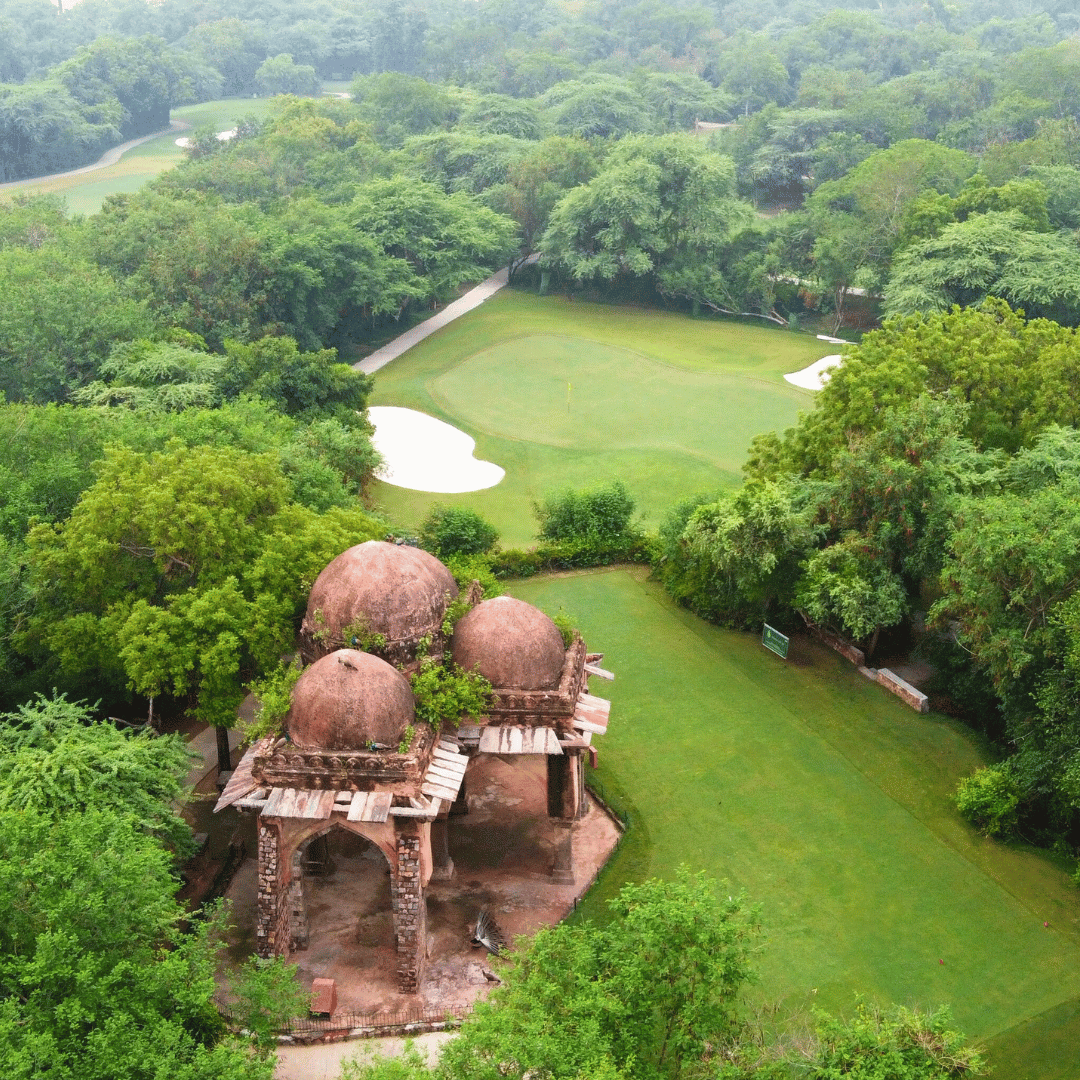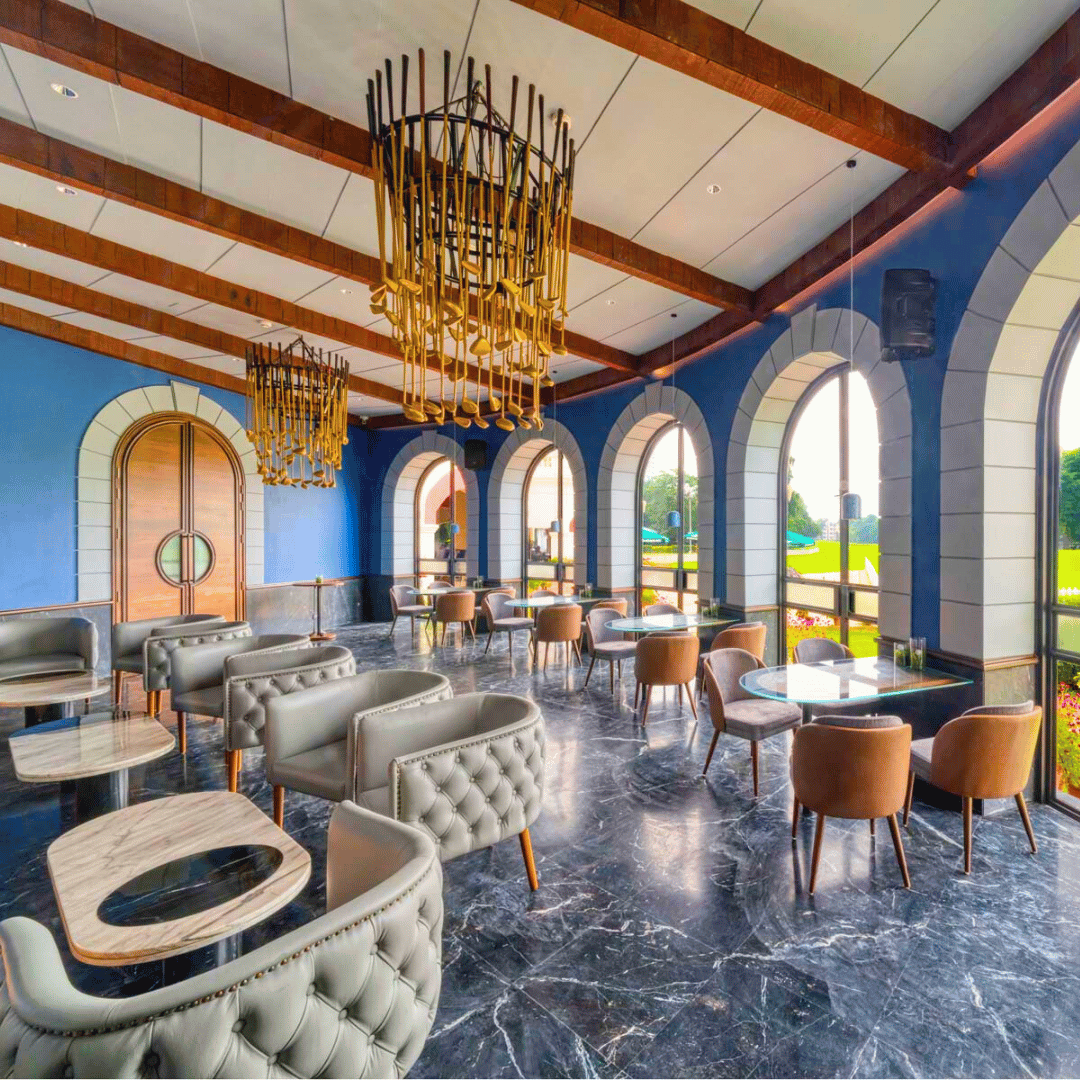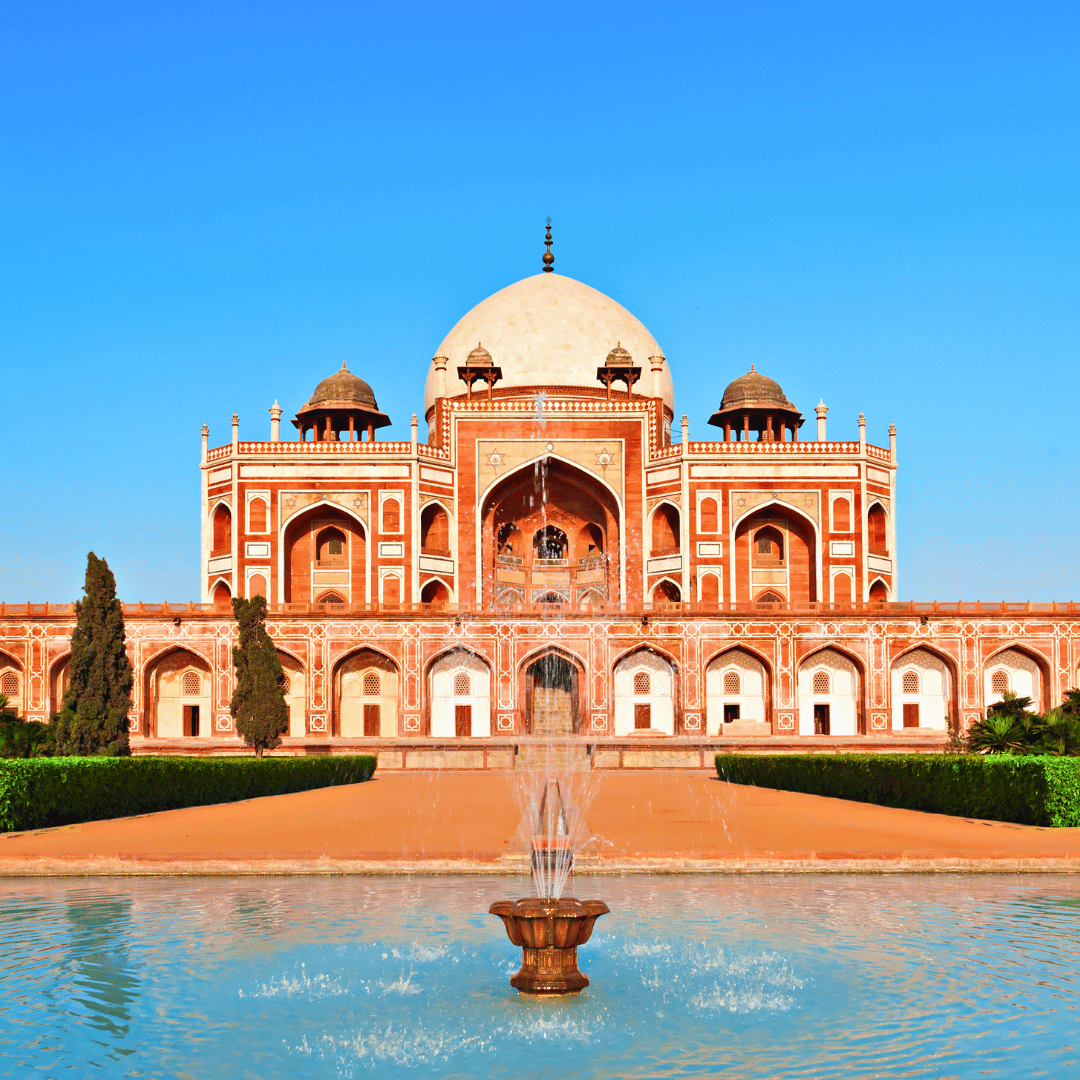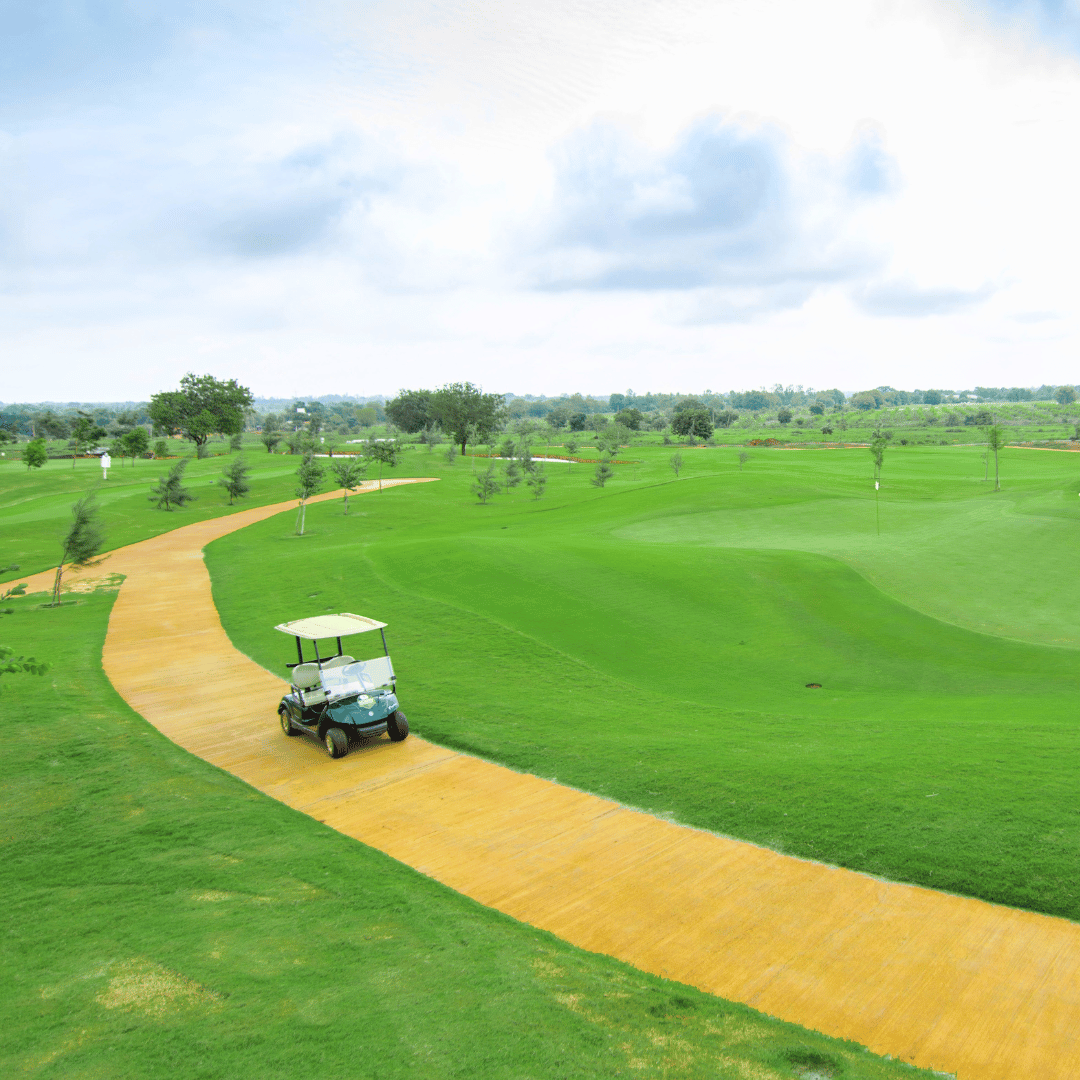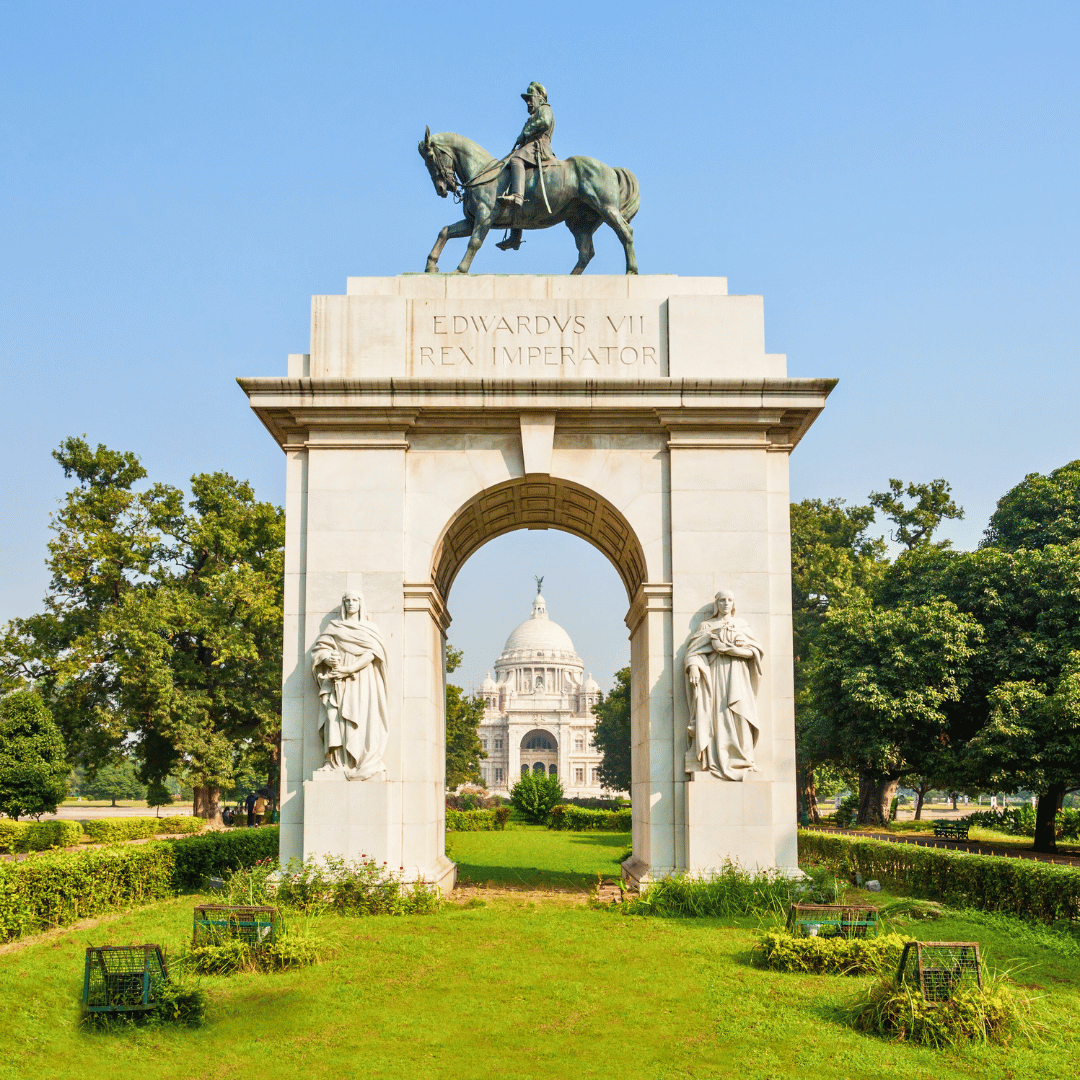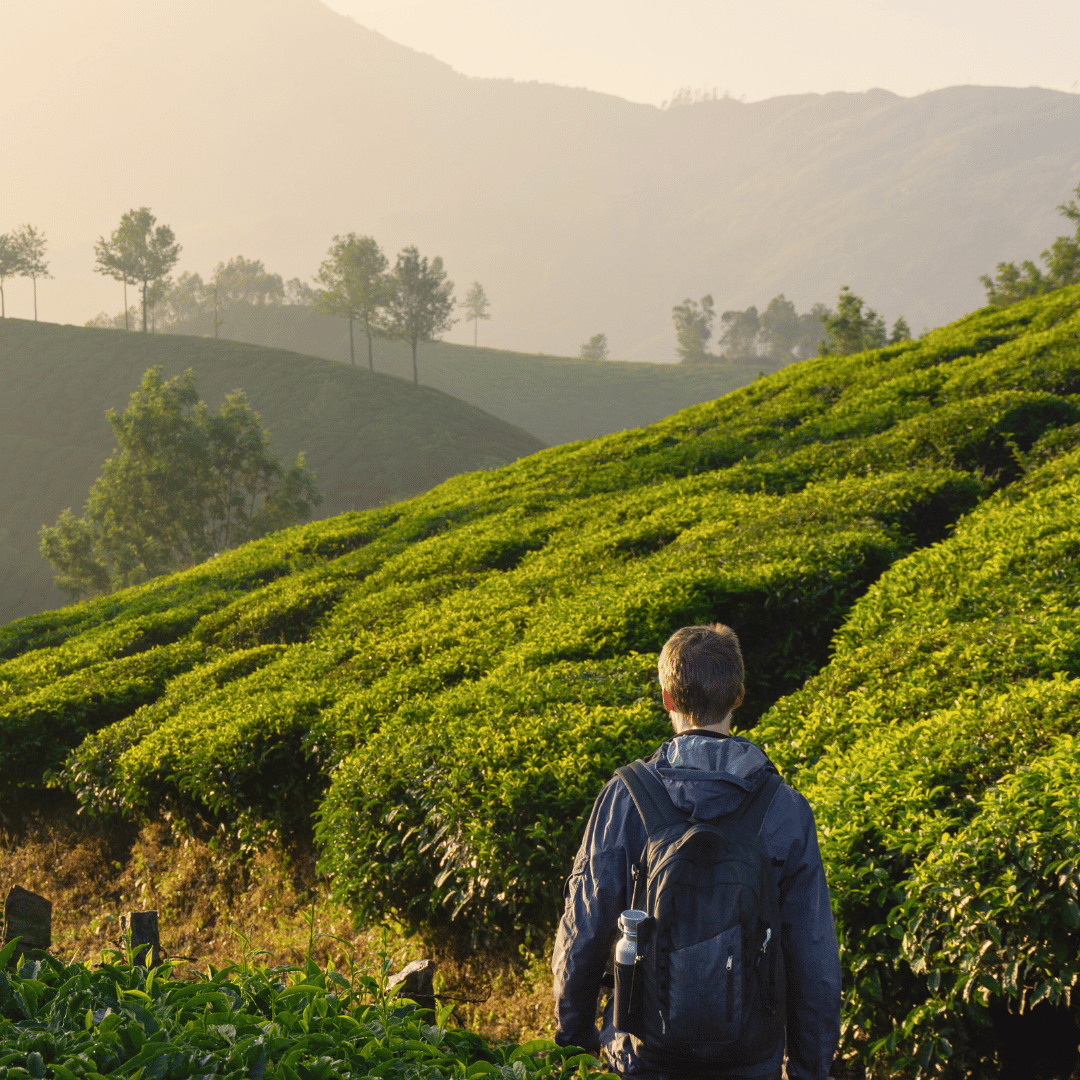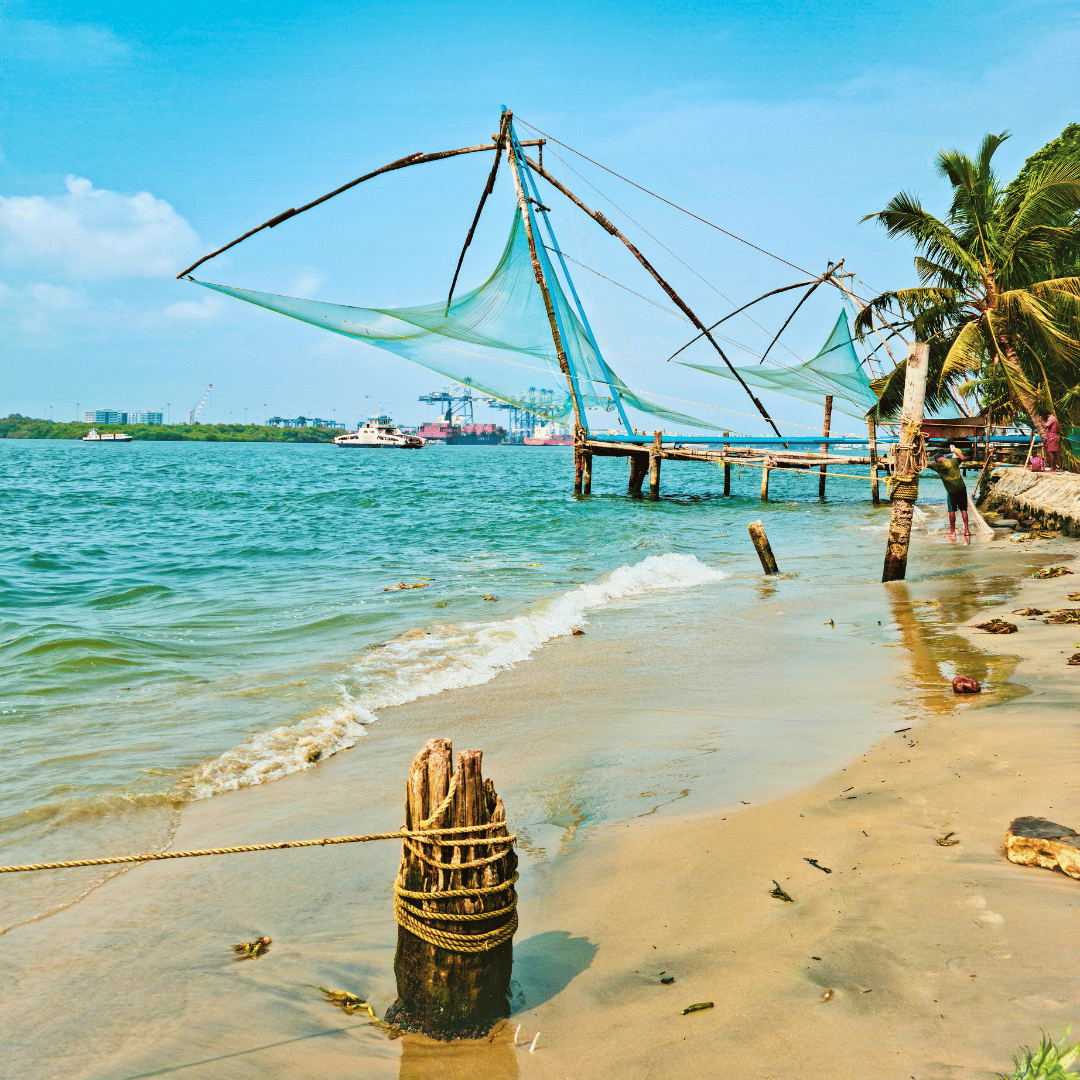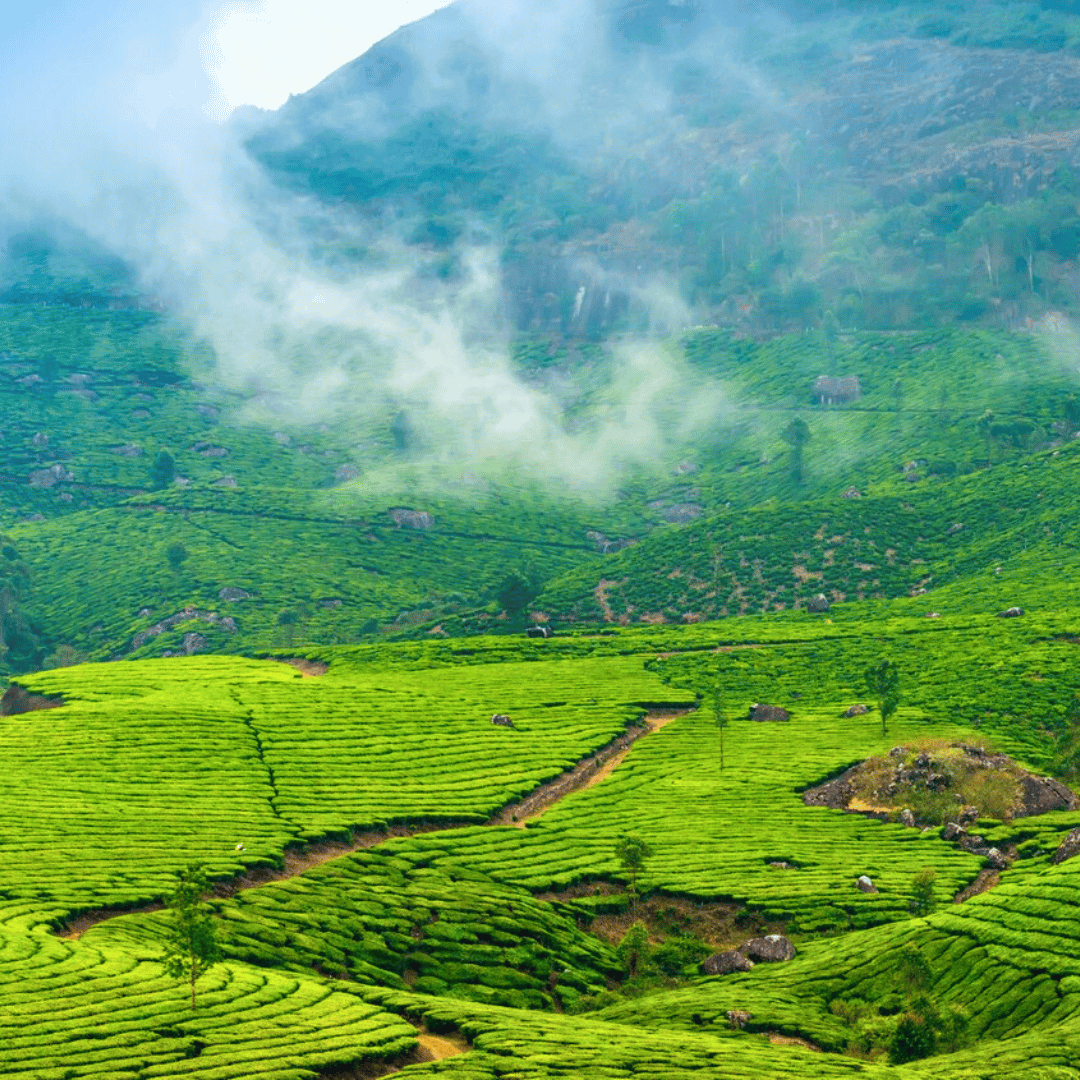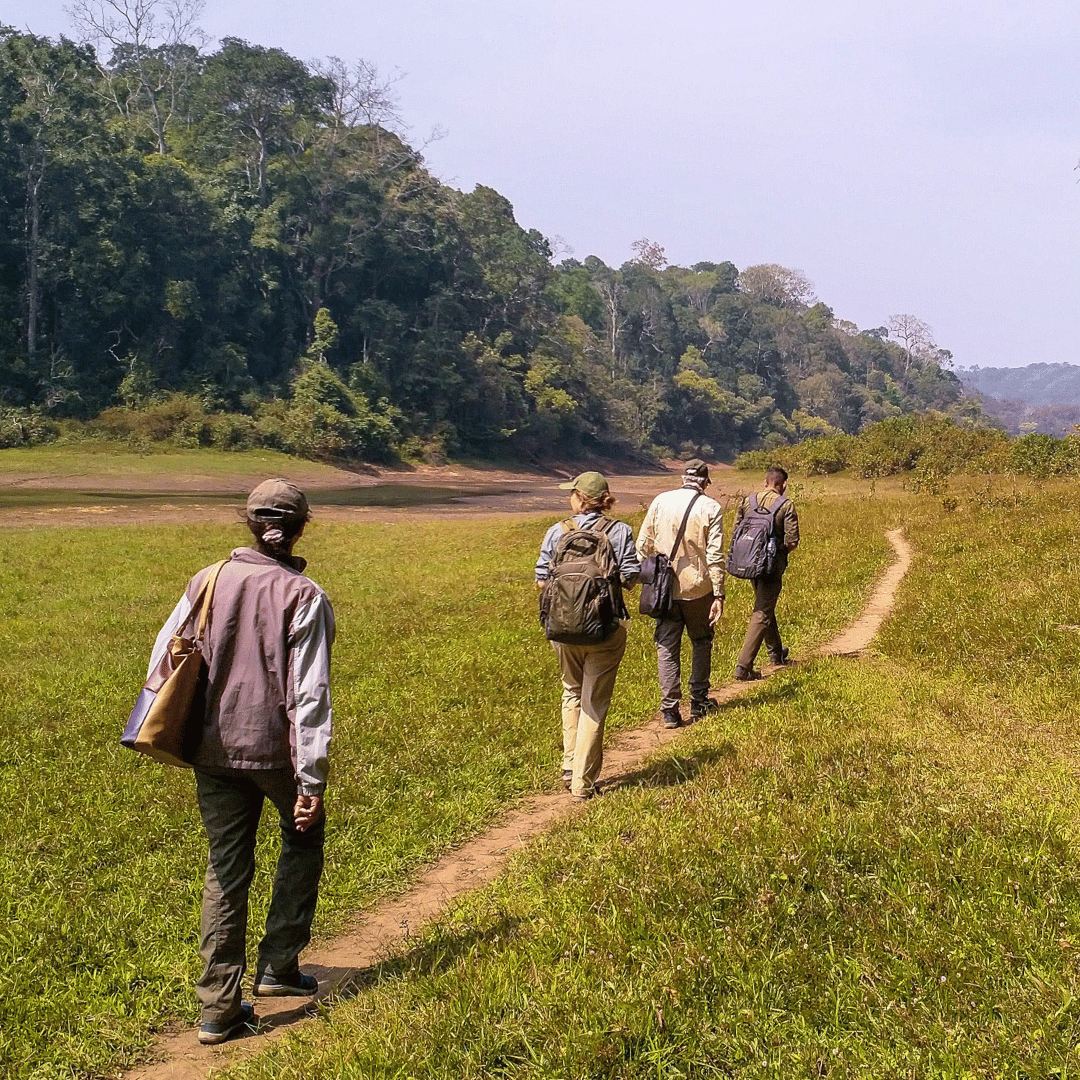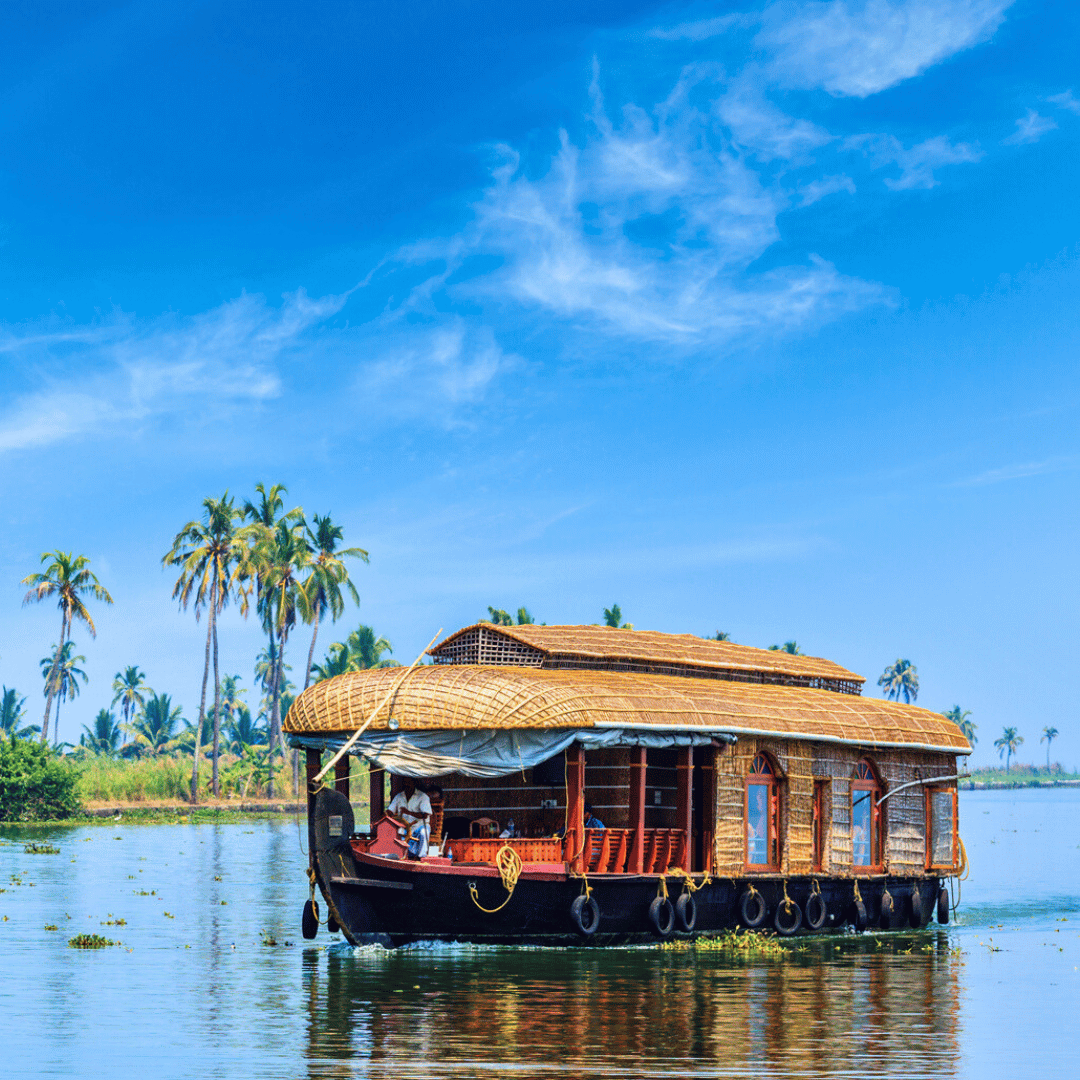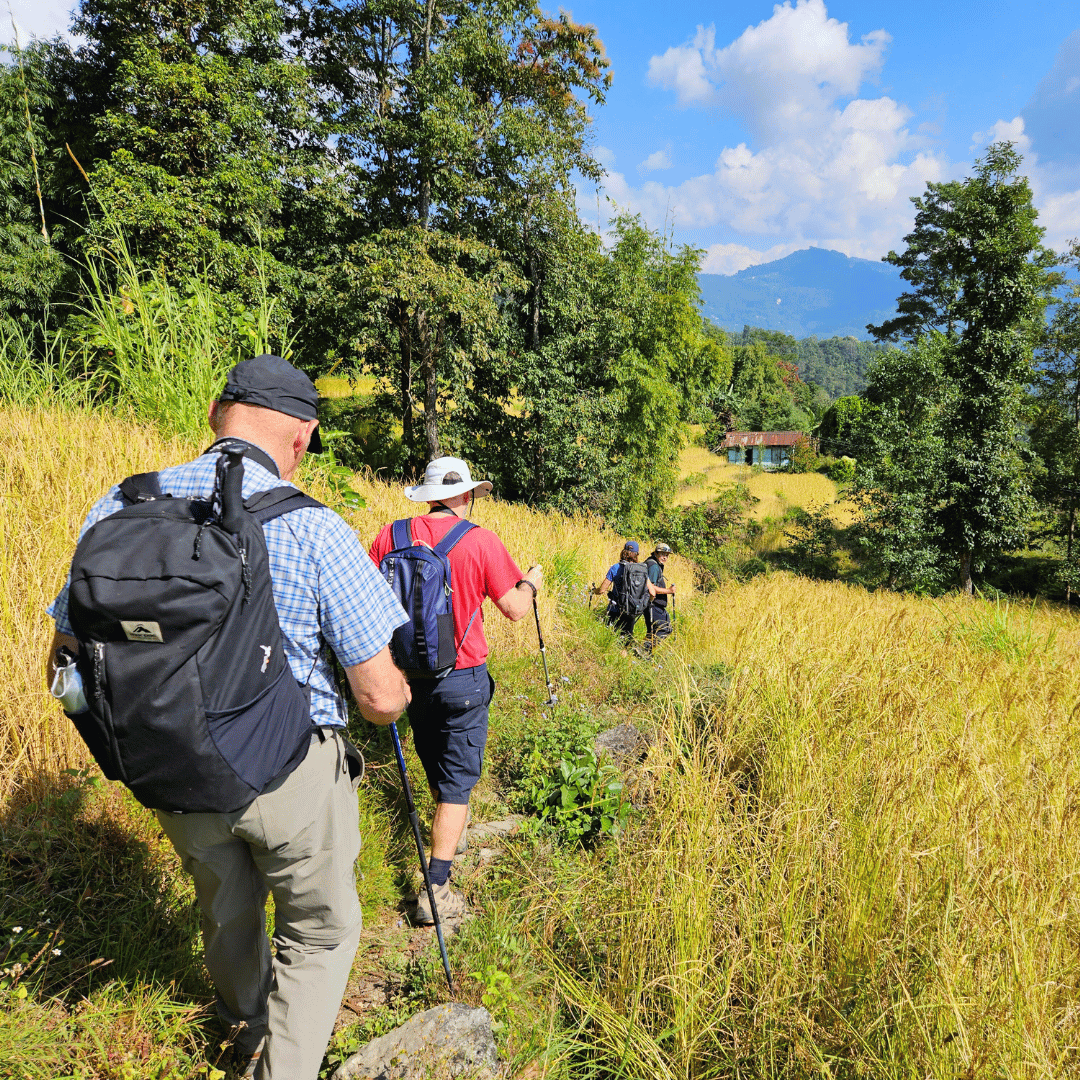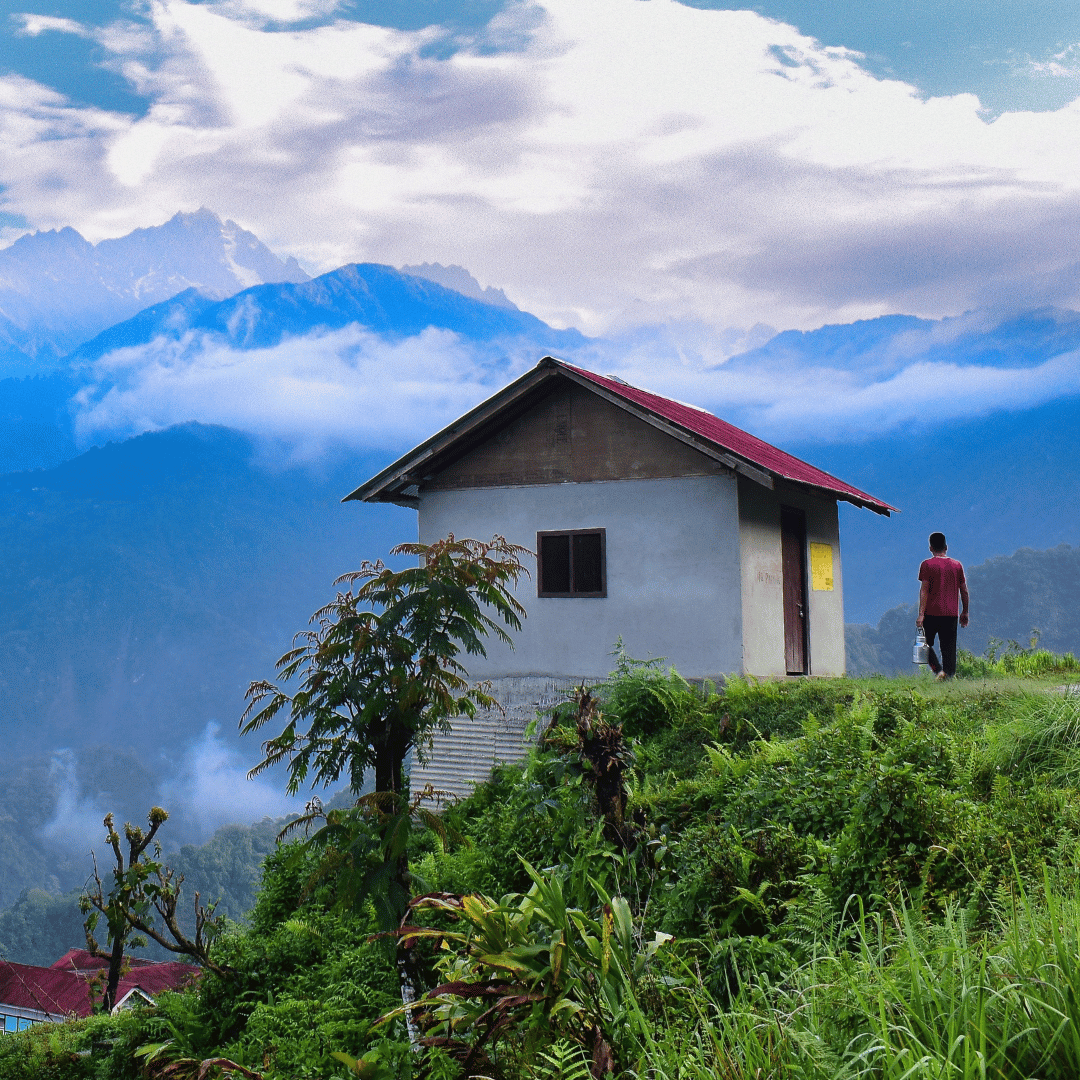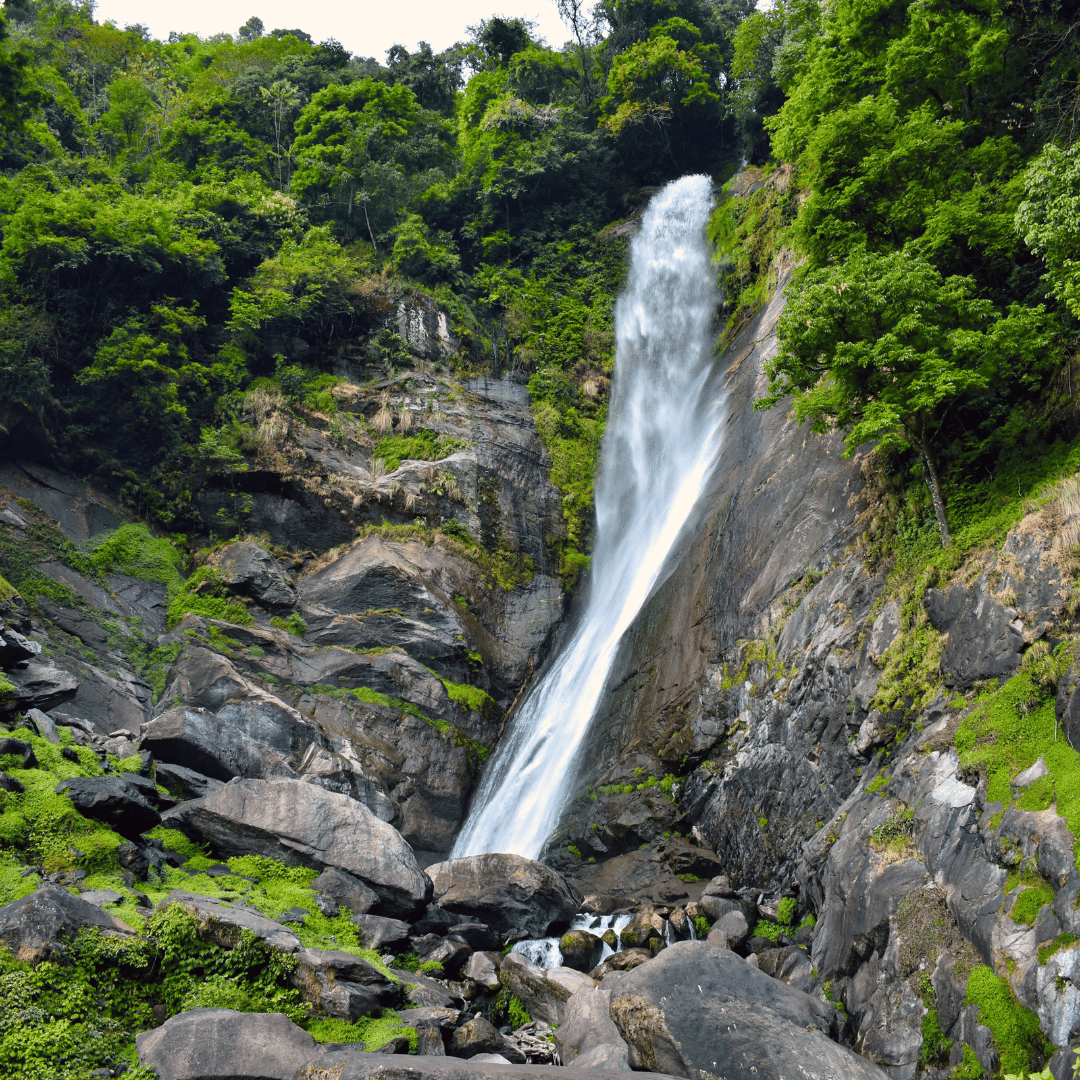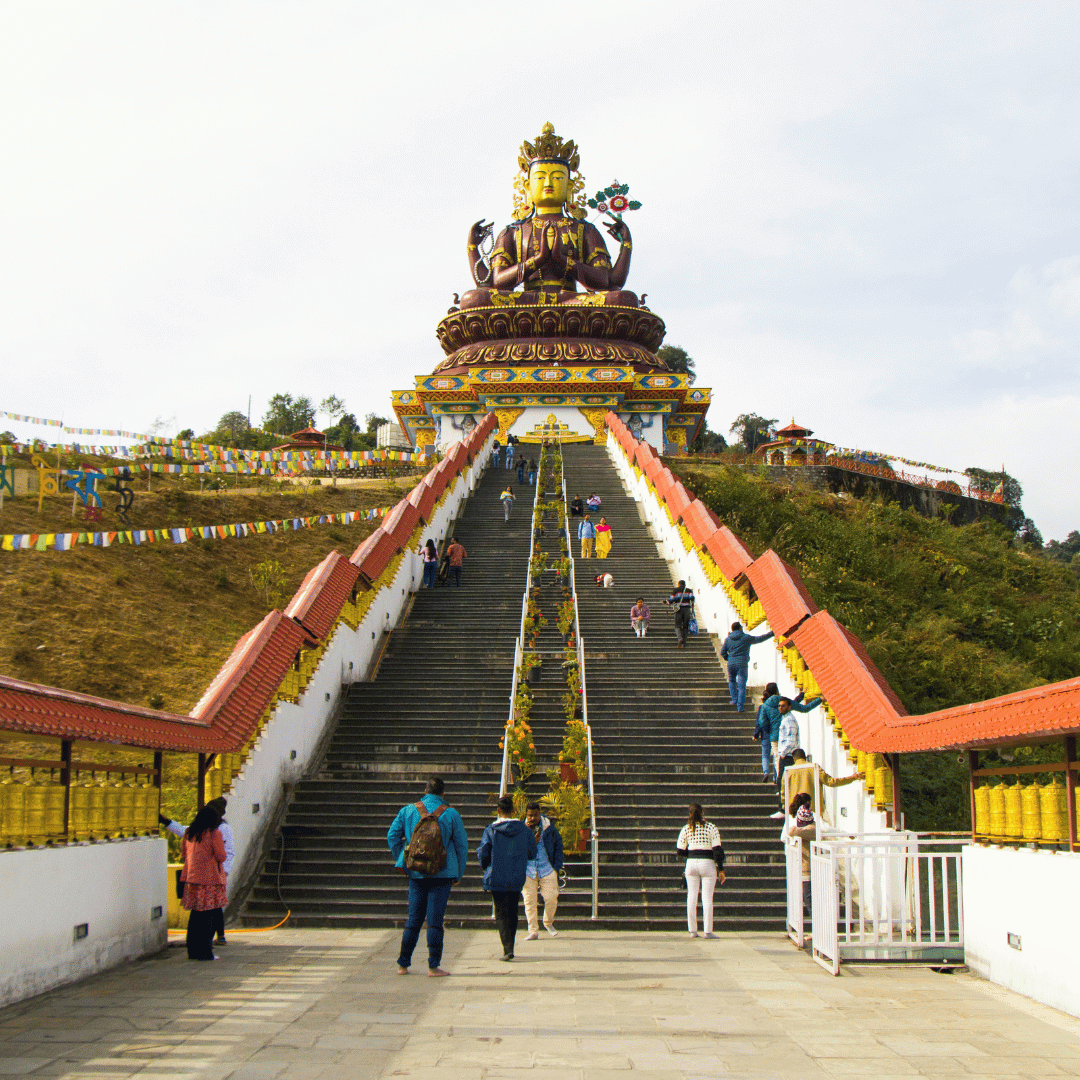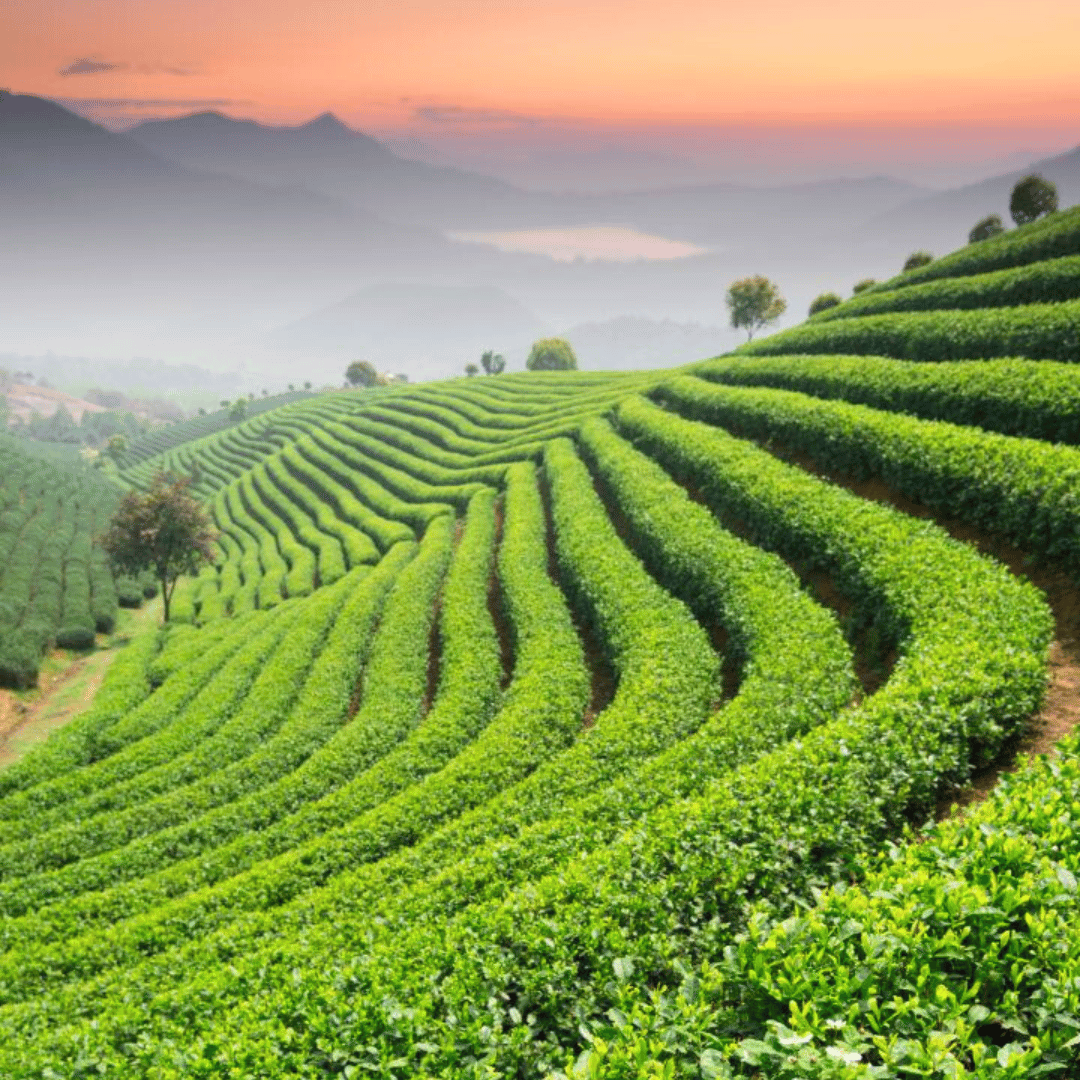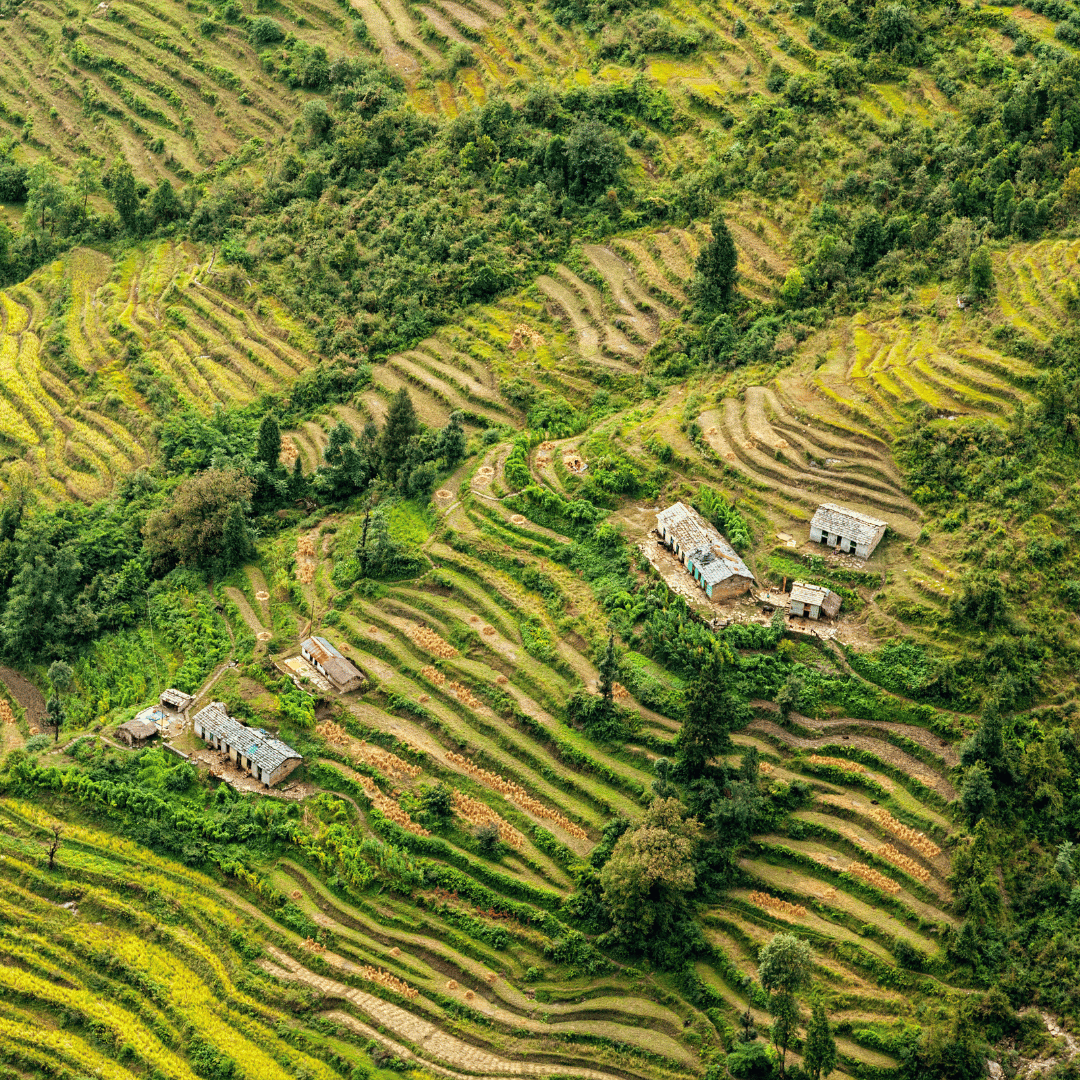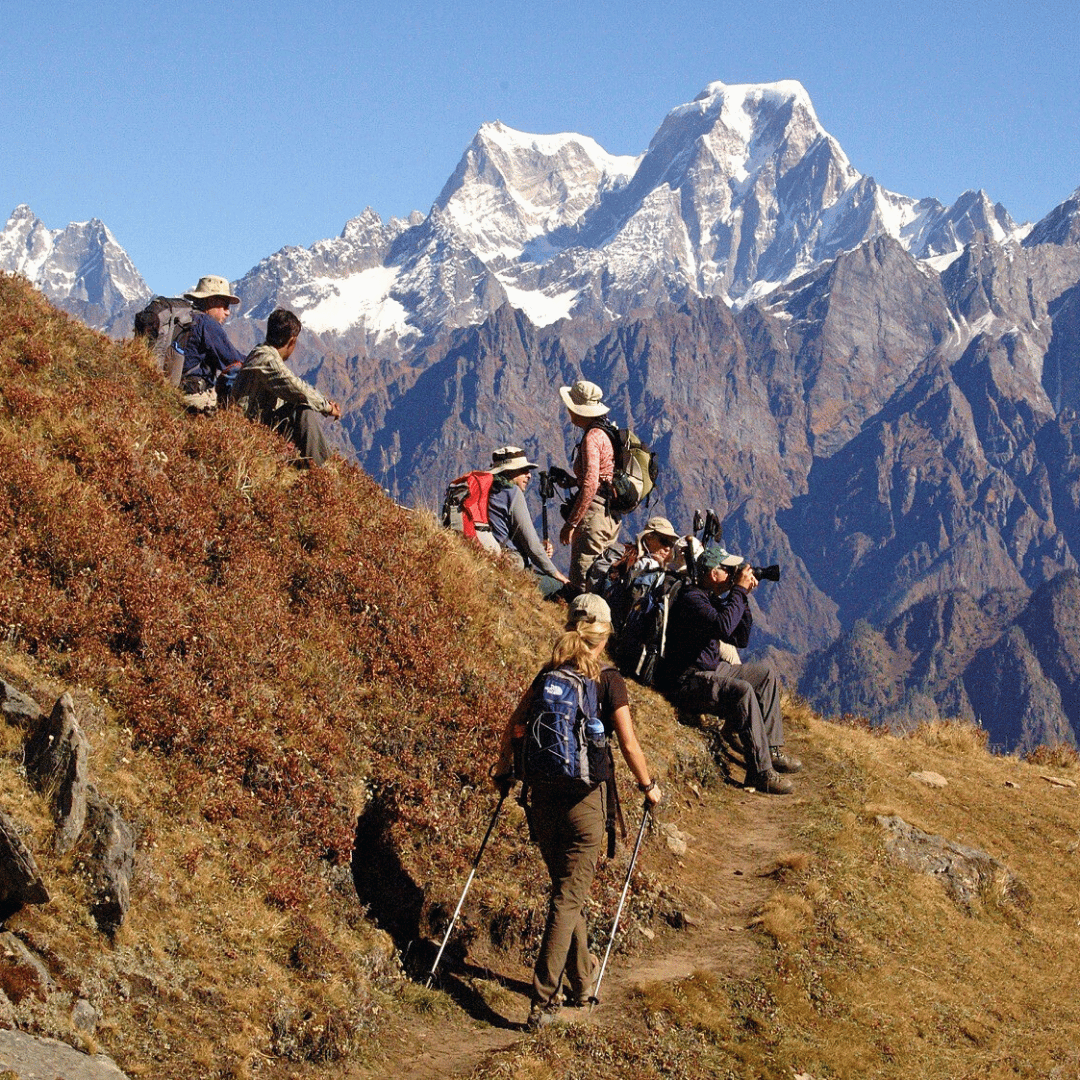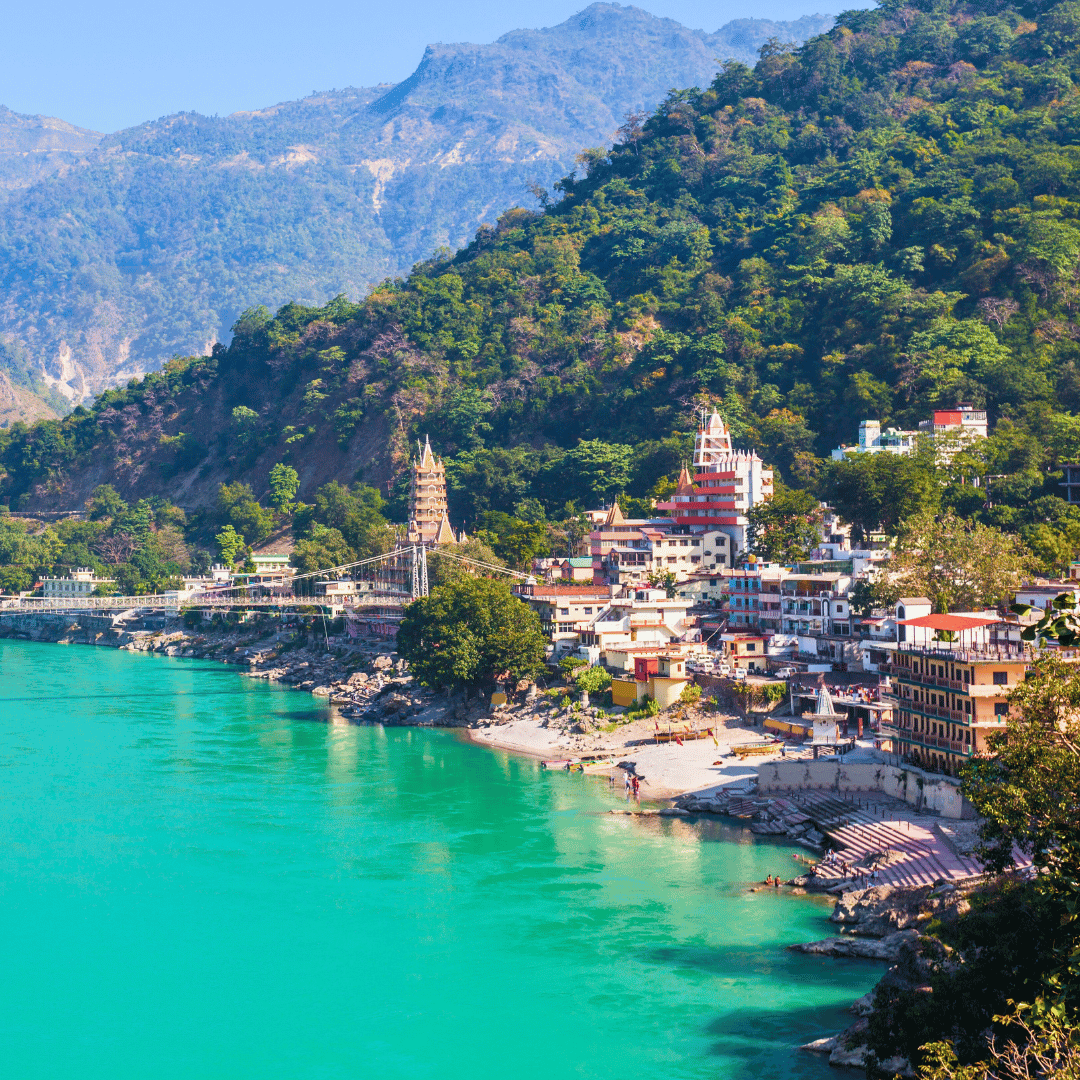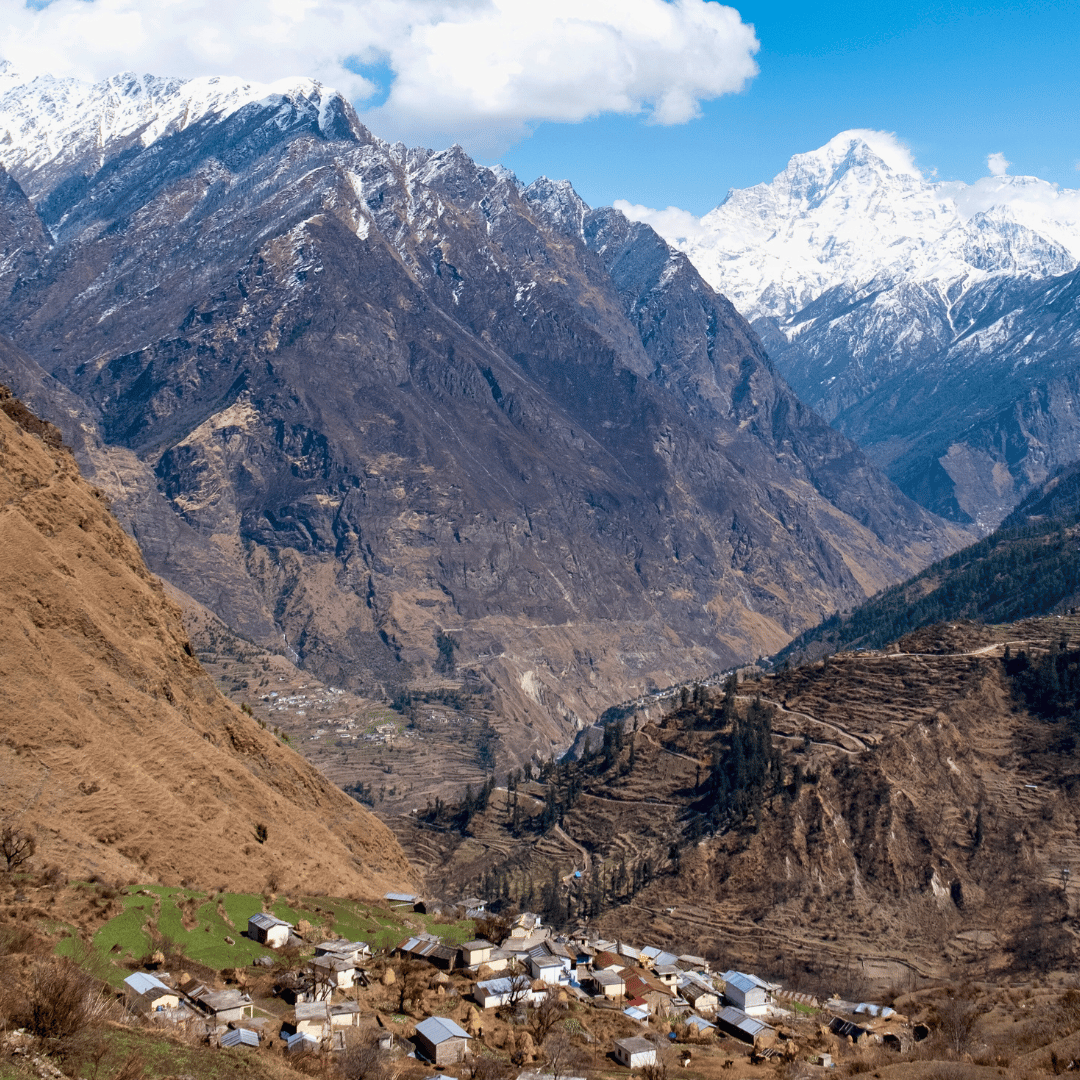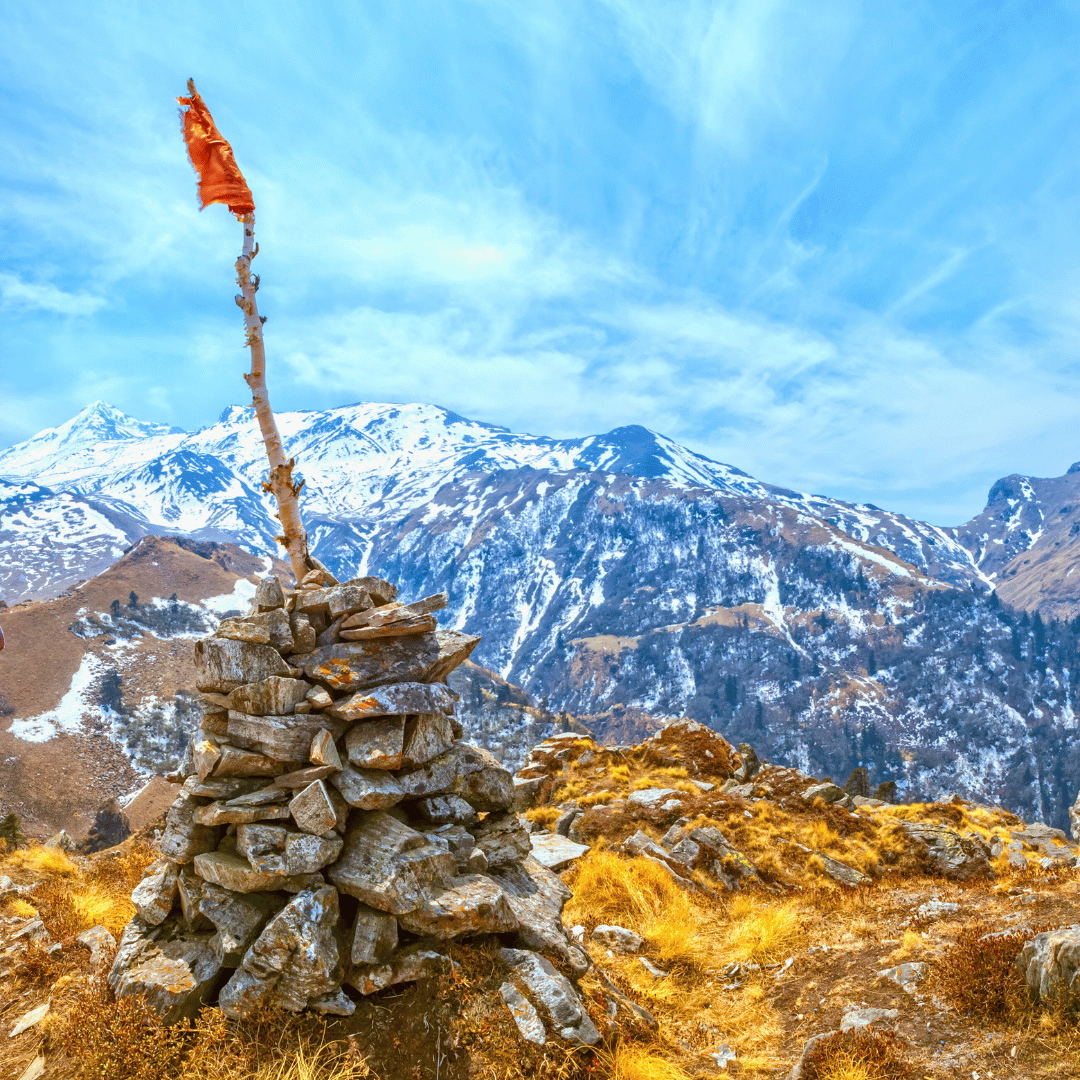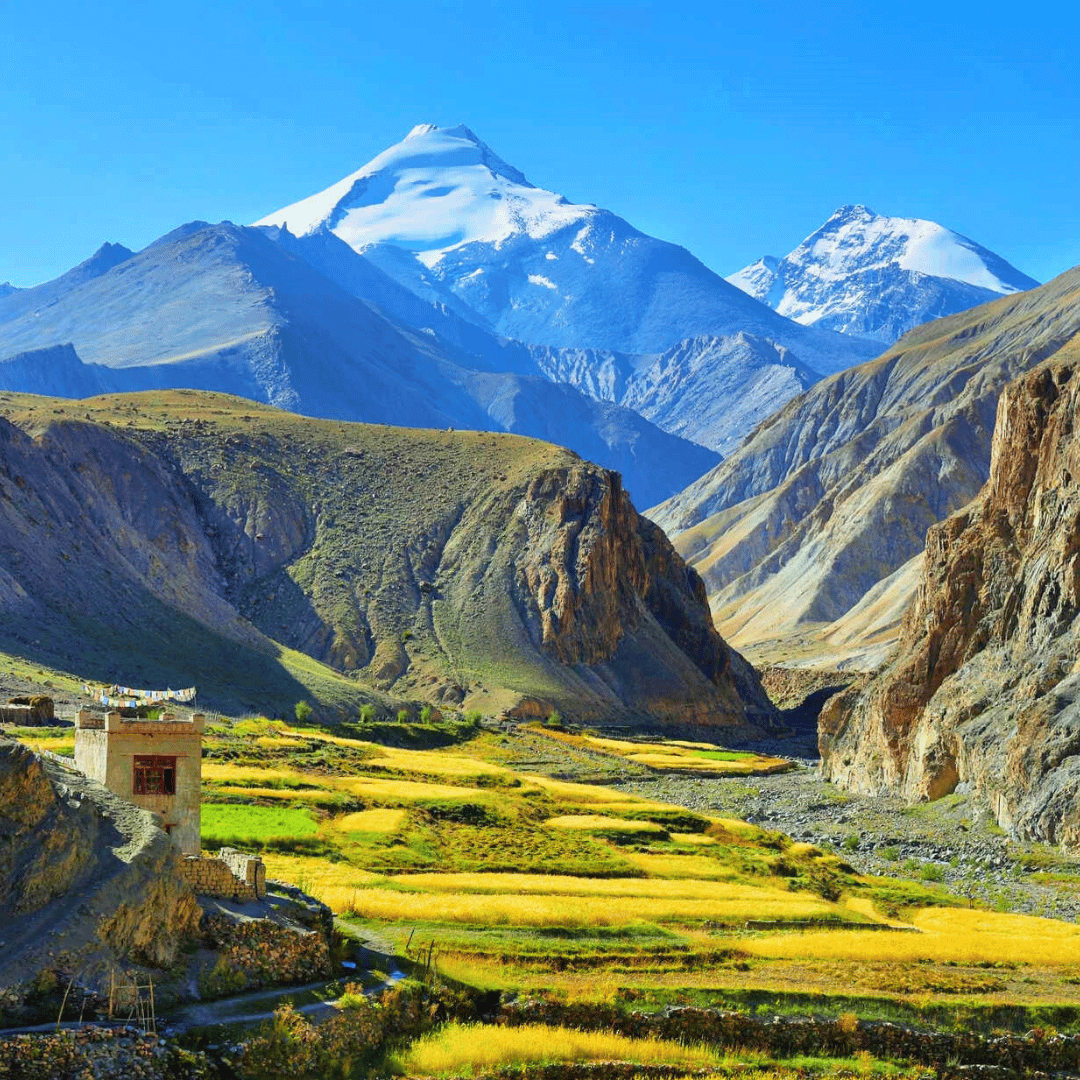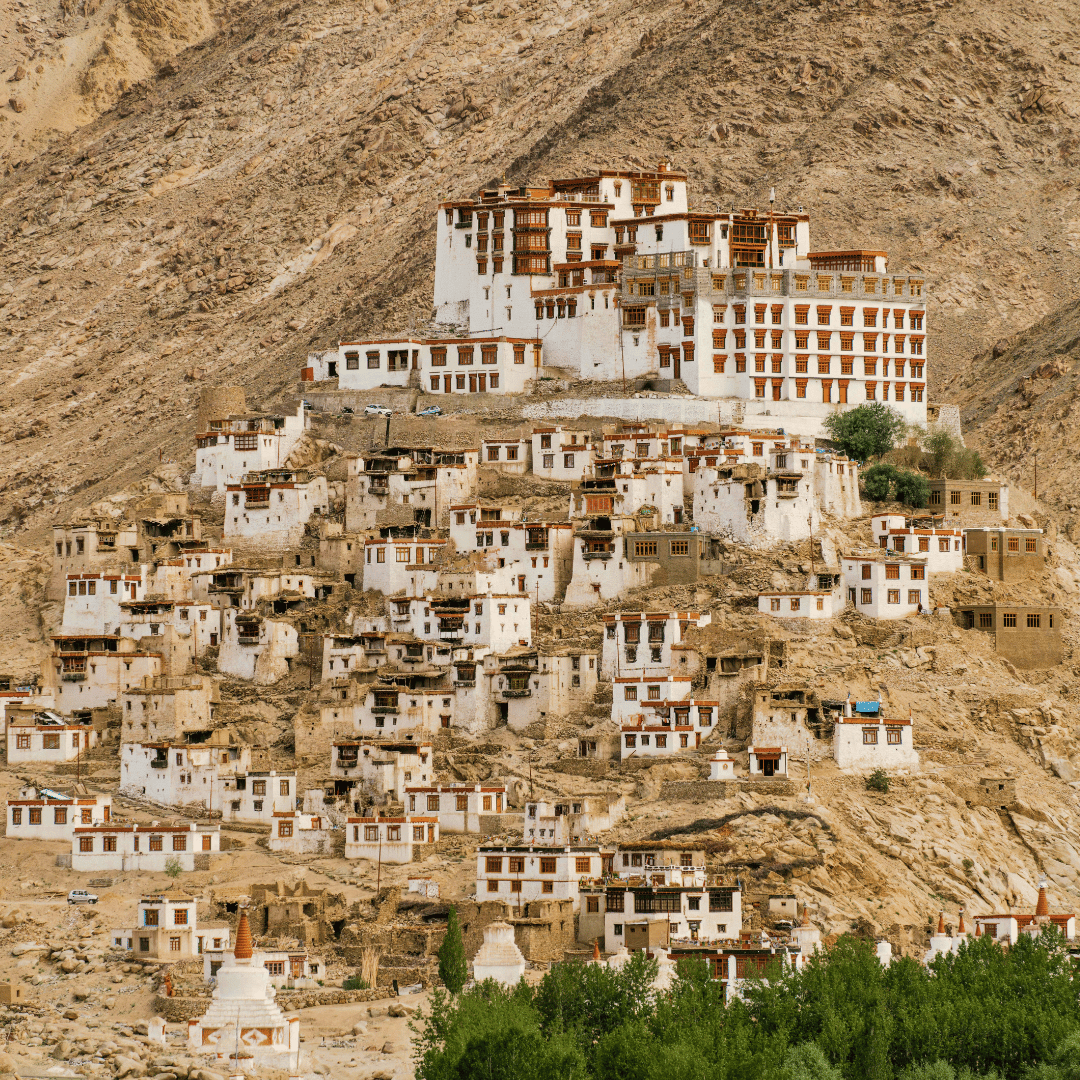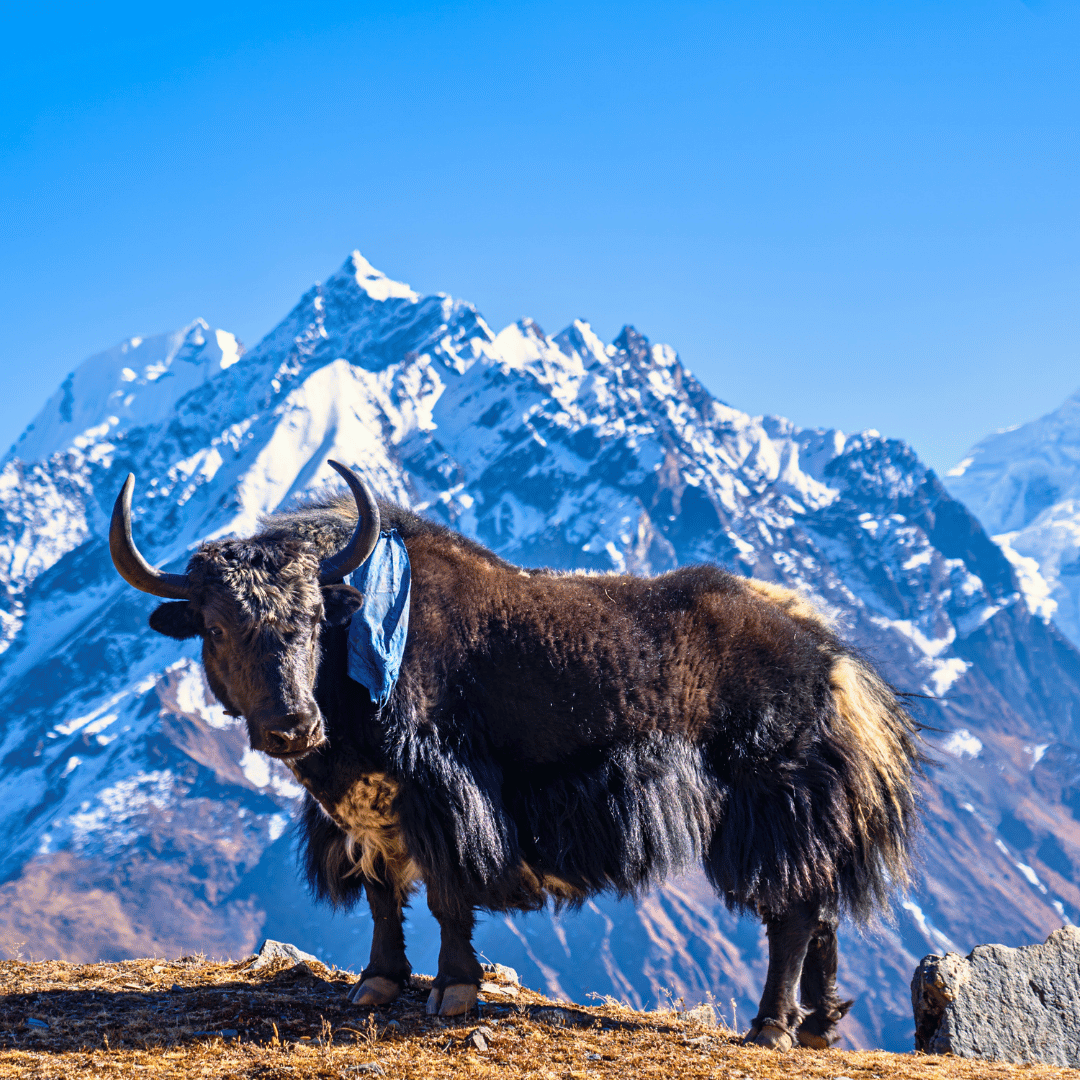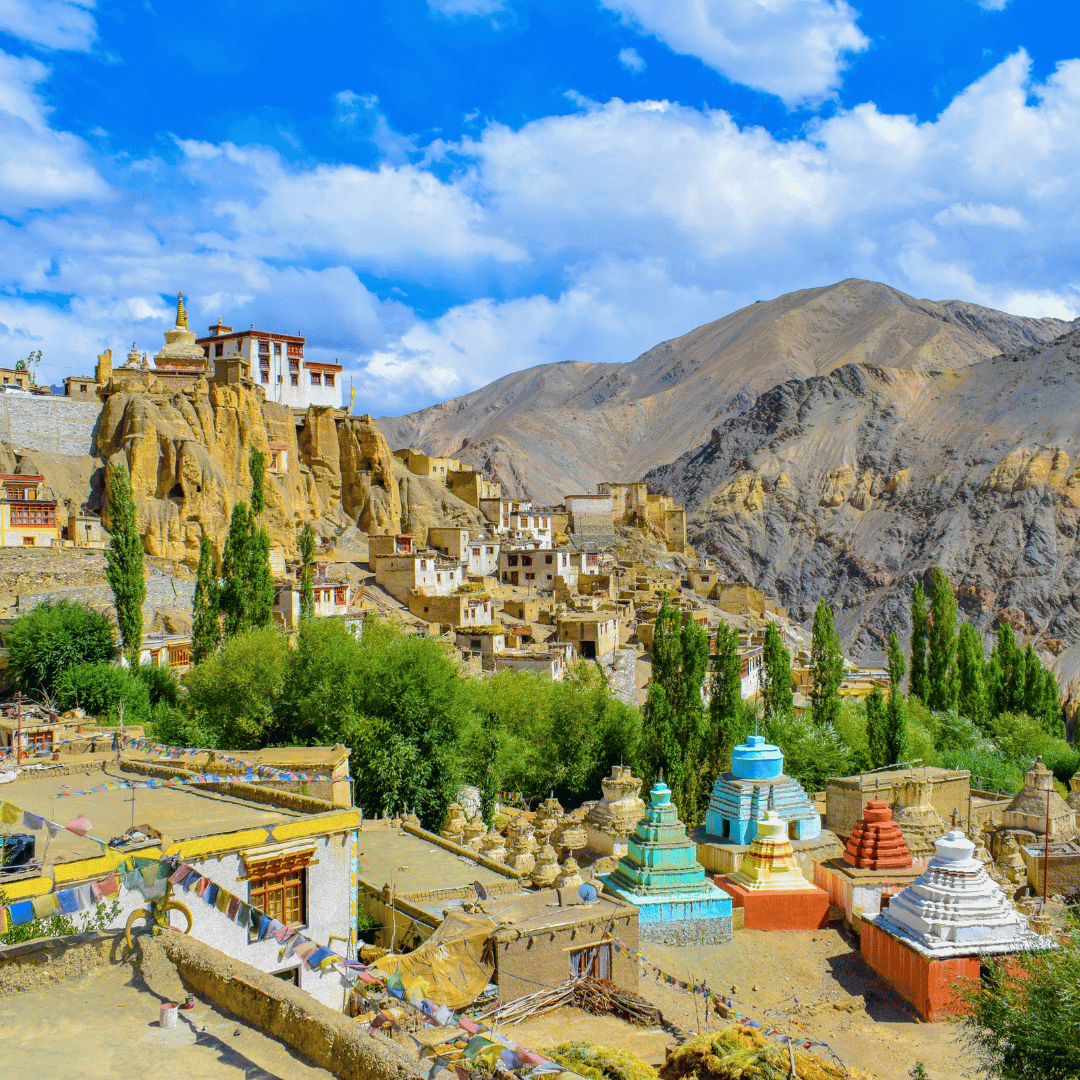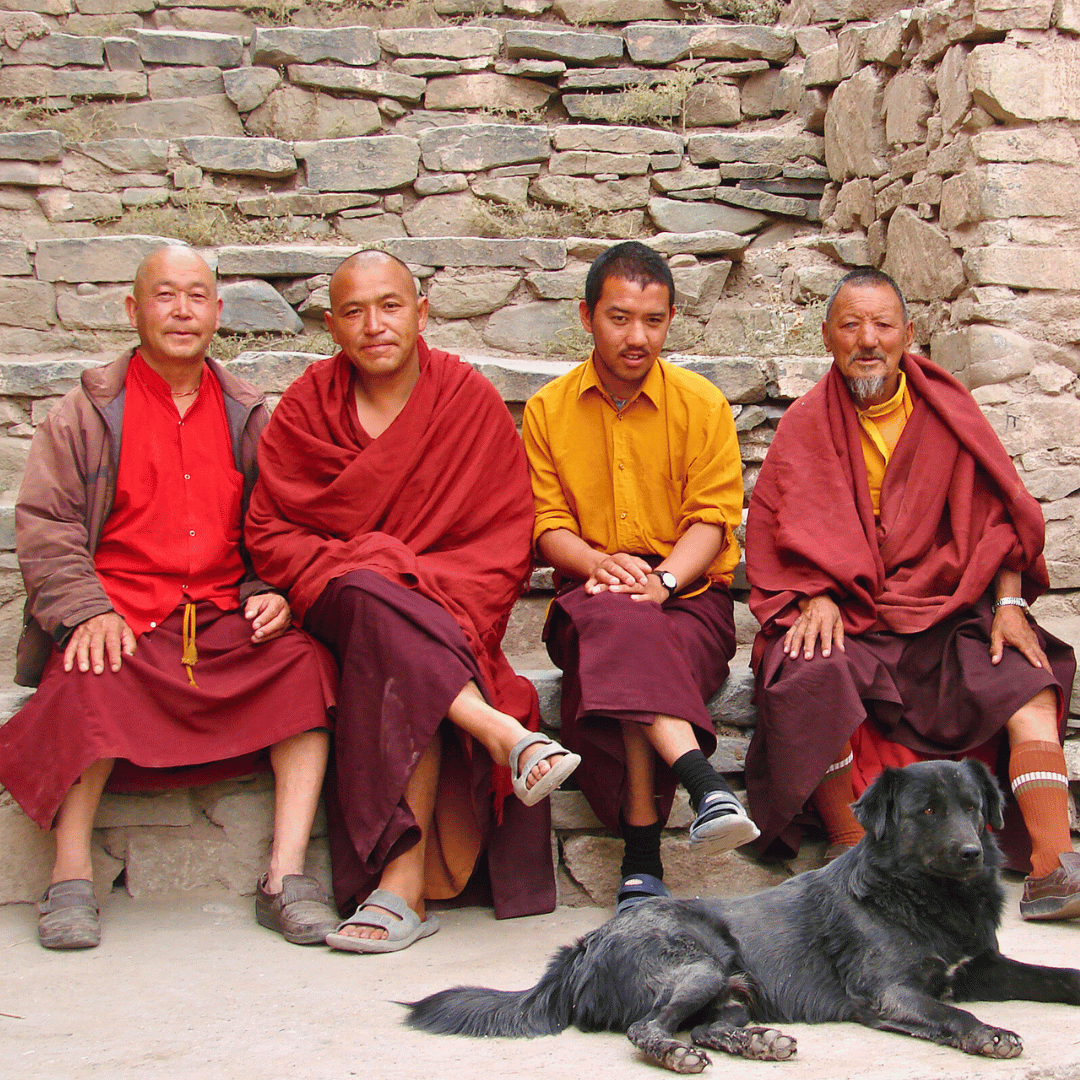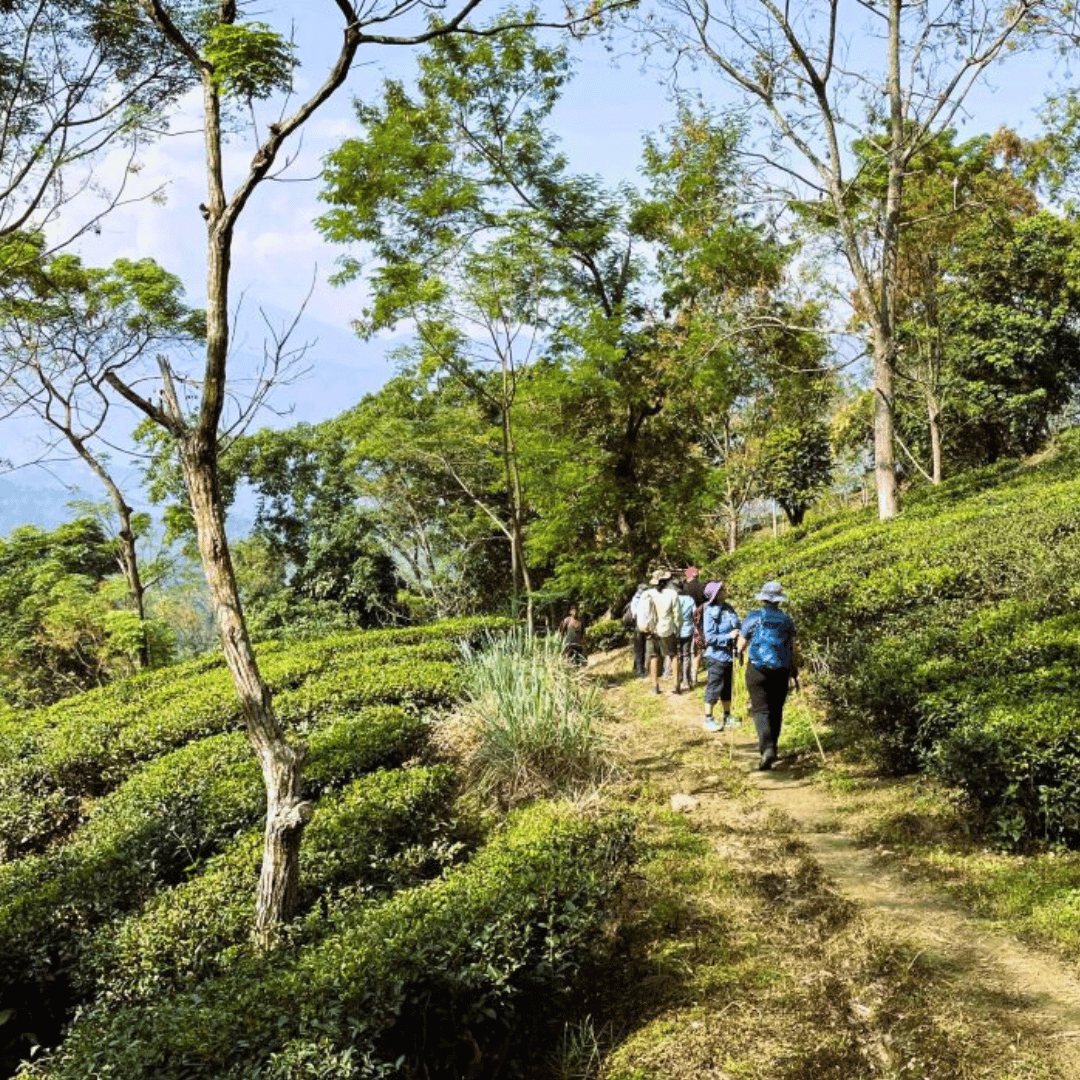
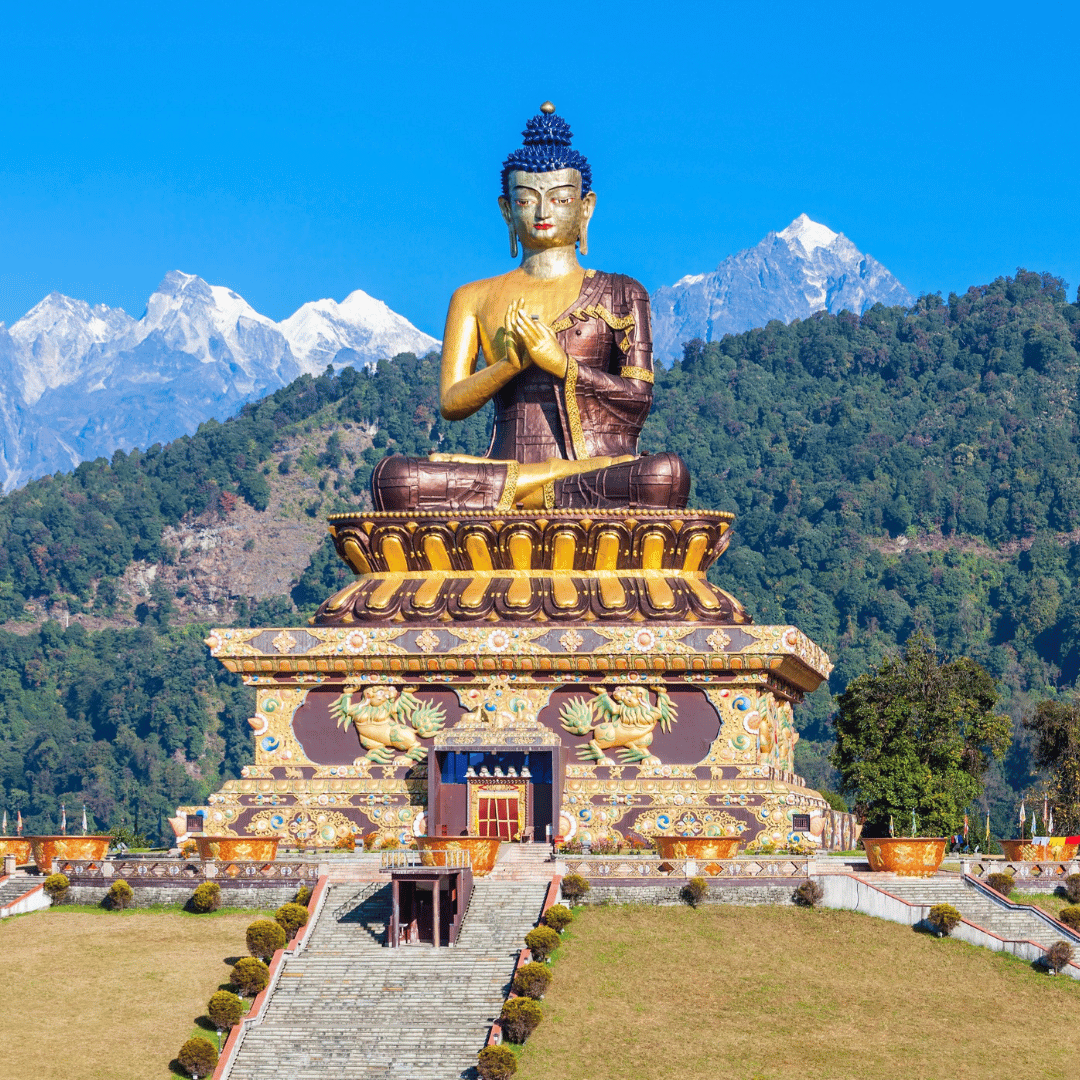

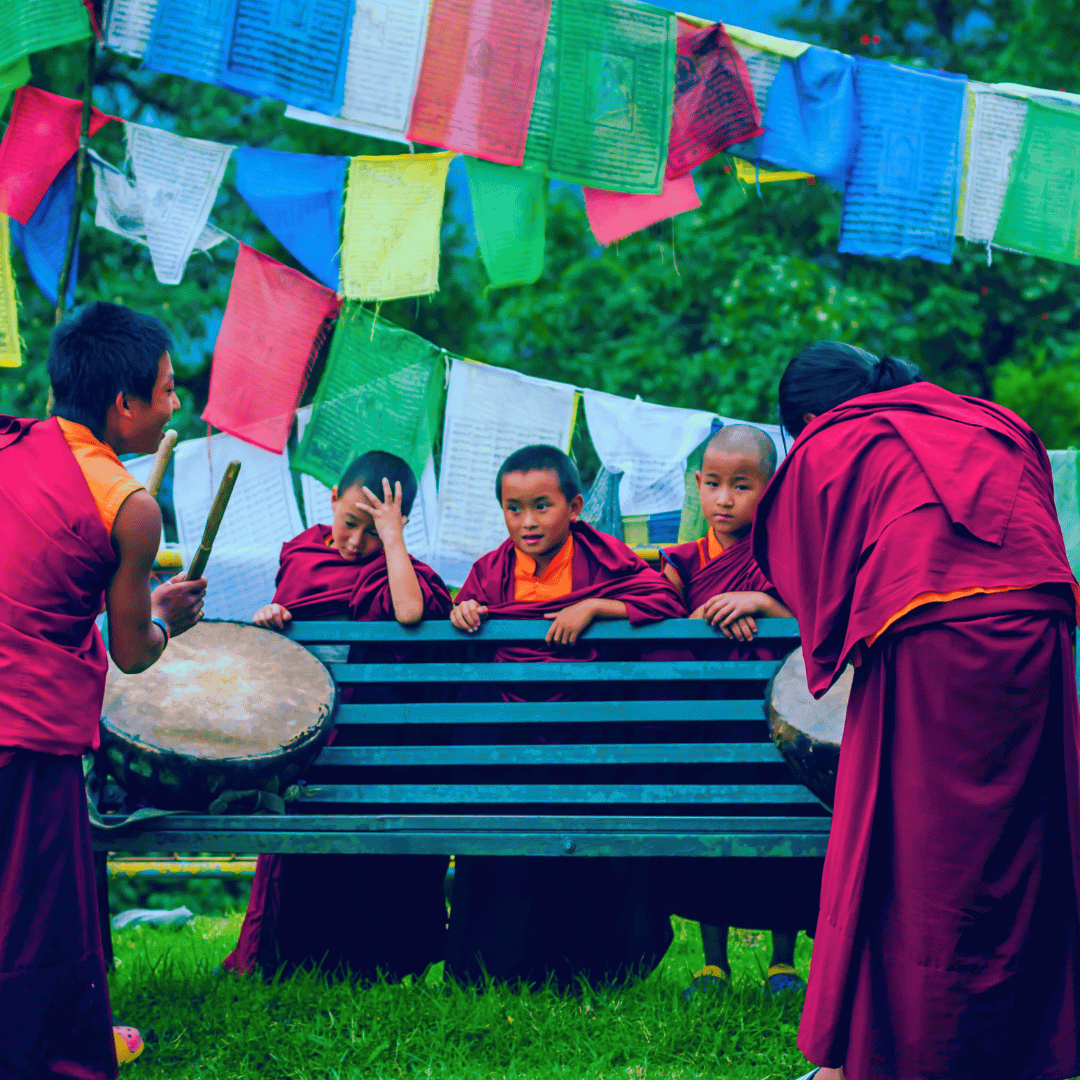
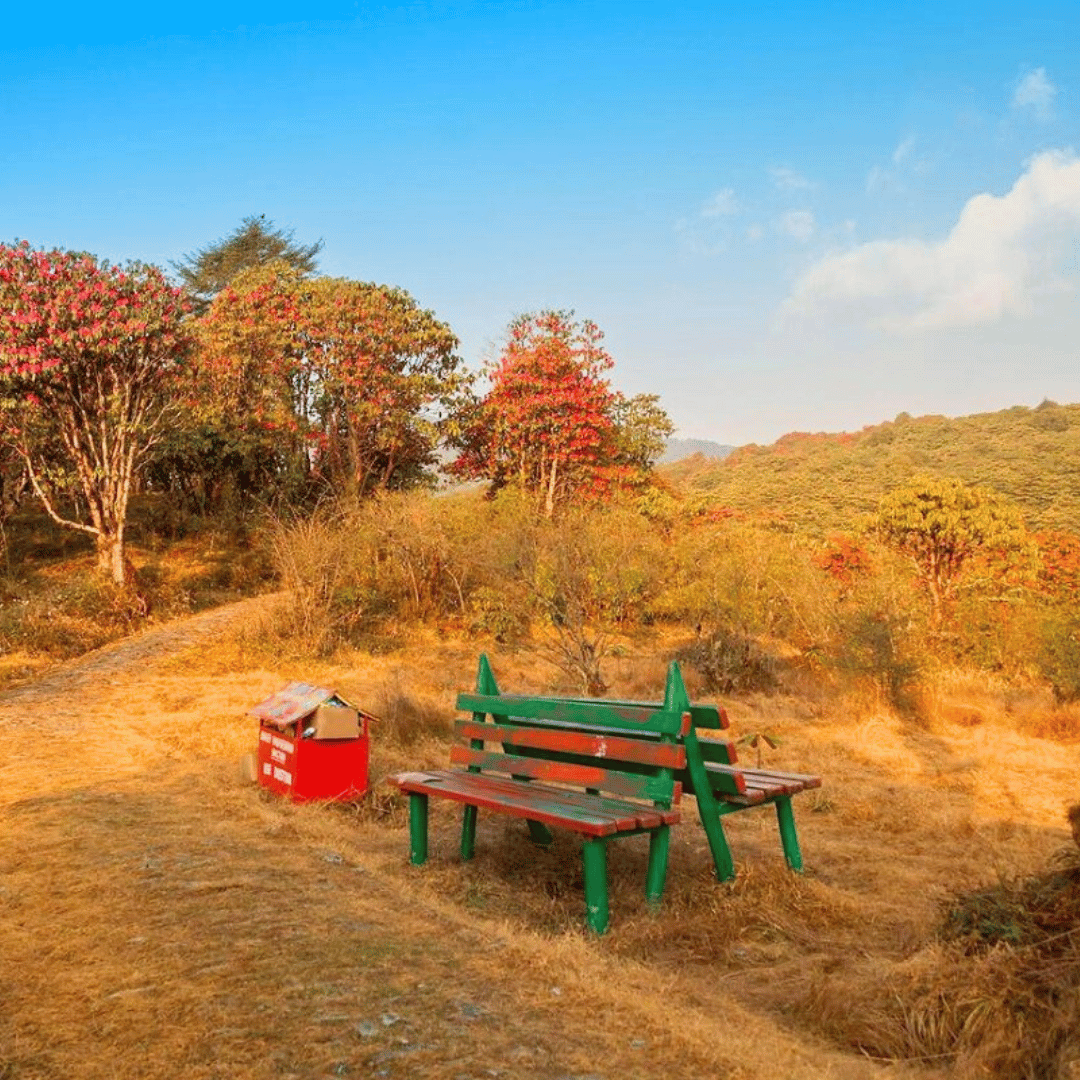
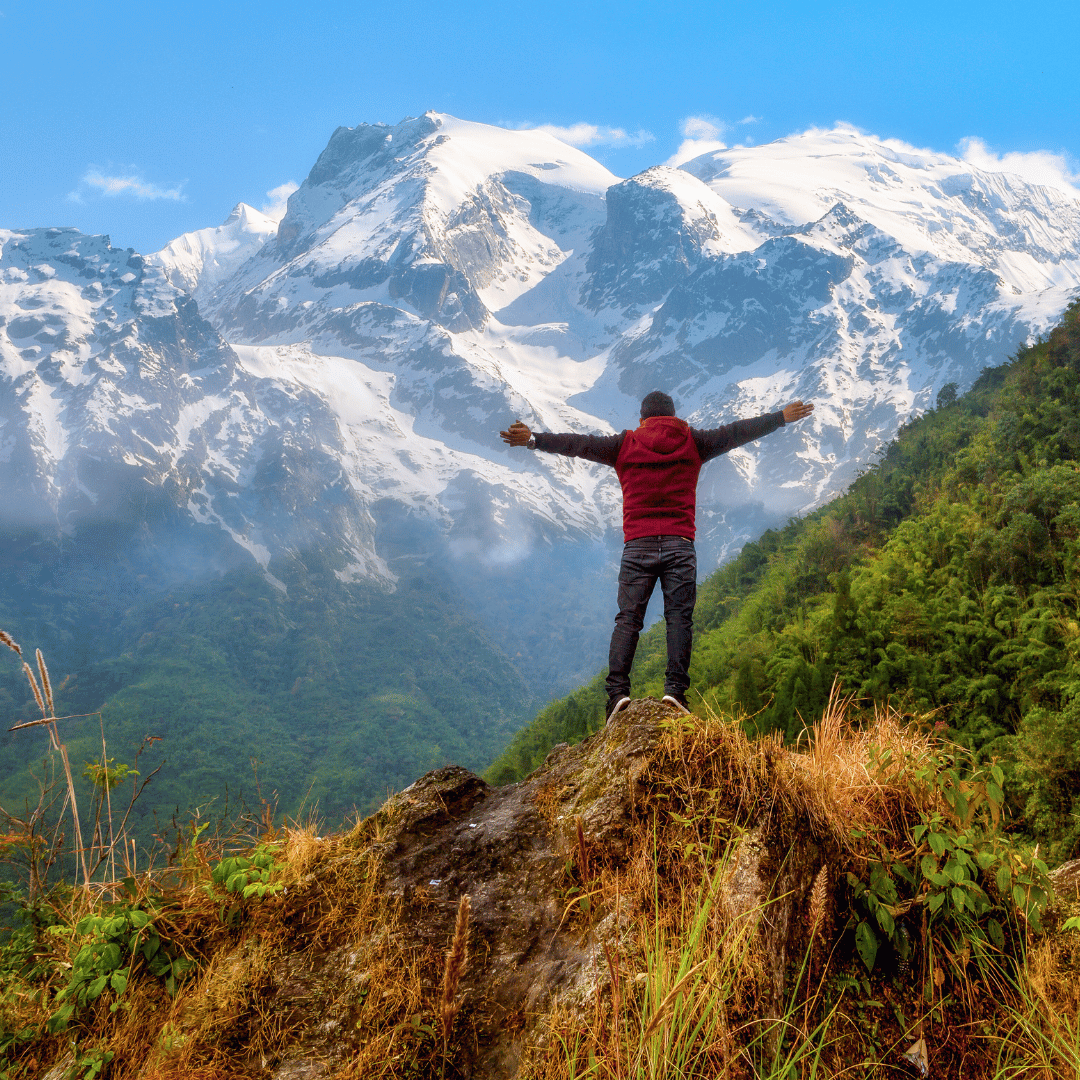
11 Days - Villages Of Sikkim Walking Tour
From $4950.00 Per Person
Kolkata - Sombaria - Hilley - Radu Khandu - Uttarey - Bhulong - Pelling - Gangtok
This Sikkim trek is ideal for those seeking connection and discovery, not through grand monuments, but through quiet trails, shared meals, and genuine conversations. Spend 11 days exploring the villages of Sikkim on foot, offering a unique opportunity to experience one of India’s most captivating yet least-visited regions. The journey begins in Kolkata and takes you via the quiet outposts of Sombaria, Hilley, Radu Khandu, Uttarey and Bhulong, before concluding in the hill towns of Pelling and Gangtok. Along the way, you’ll leave behind the well-trodden tourist path and step into the everyday rhythms of village life in Sikkim. Each day brings easy-paced walks through pristine landscapes, terraced farmland and dense forests, with the soaring Himalayas often visible in the distance. The focus of the trip is not just the scenery, but the people - staying in village homes that have been modestly refurbished to accommodate guests while retaining their character, you’ll gain insight into daily routines, food, and traditions. Along the way, you’ll encounter Buddhist monasteries, prayer flags fluttering in the breeze, and age-old farming practices still in use. The walking routes are flexible, ranging from 4 to 6 hours per day, and can be adapted to suit your comfort. The best time to visit? We recommend from late September to mid-November, when skies are clear and mountain views are at their best, or from March to May, when rhododendrons and wildflowers bring the hills to life.
Trip Highlights
Enjoy daily walks through unspoilt landscapes, passing through terraced fields, forests, and traditional villages rarely visited by travellers, offering a deeper connection to local life in the villages of Sikkim
Visit small monasteries, walk among prayer flags, and enjoy sweeping views of the Himalayas, especially during the clear skies of autumn or the blooming months of spring
Experience genuine hospitality in comfortable village houses, sharing meals and conversations with your hosts while learning about Sikkimese customs, food, and daily routines
11 Days - Villages Of Sikkim Walking Tour
From $4950.00 Per Person
Kolkata - Sombaria - Hilley - Radu Khandu - Uttarey - Bhulong - Pelling - Gangtok
This Sikkim trek is ideal for those seeking connection and discovery, not through grand monuments, but through quiet trails, shared meals, and genuine conversations. Spend 11 days exploring the villages of Sikkim on foot, offering a unique opportunity to experience one of India’s most captivating yet least-visited regions. The journey begins in Kolkata and takes you via the quiet outposts of Sombaria, Hilley, Radu Khandu, Uttarey and Bhulong, before concluding in the hill towns of Pelling and Gangtok. Along the way, you’ll leave behind the well-trodden tourist path and step into the everyday rhythms of village life in Sikkim. Each day brings easy-paced walks through pristine landscapes, terraced farmland and dense forests, with the soaring Himalayas often visible in the distance. The focus of the trip is not just the scenery, but the people - staying in village homes that have been modestly refurbished to accommodate guests while retaining their character, you’ll gain insight into daily routines, food, and traditions. Along the way, you’ll encounter Buddhist monasteries, prayer flags fluttering in the breeze, and age-old farming practices still in use. The walking routes are flexible, ranging from 4 to 6 hours per day, and can be adapted to suit your comfort. The best time to visit? We recommend from late September to mid-November, when skies are clear and mountain views are at their best, or from March to May, when rhododendrons and wildflowers bring the hills to life.
Trip Highlights
Enjoy daily walks through unspoilt landscapes, passing through terraced fields, forests, and traditional villages rarely visited by travellers, offering a deeper connection to local life in the villages of Sikkim
Visit small monasteries, walk among prayer flags, and enjoy sweeping views of the Himalayas, especially during the clear skies of autumn or the blooming months of spring
Experience genuine hospitality in comfortable village houses, sharing meals and conversations with your hosts while learning about Sikkimese customs, food, and daily routines
Itinerary
-
Welcome to India! You will be met on arrival at Kolkata Airport and transferred to your hotel. Formerly known as Calcutta, Kolkata is the capital of West Bengal and India’s second largest city. A thriving port on the Hooghly River, it served as the capital of British India until 1911 and remains one of the country’s most important cultural and intellectual centres. With its mix of colonial-era architecture, leafy boulevards, vibrant street life and artistic spirit, the city offers a fascinating introduction to eastern India.
This afternoon is at leisure to relax after your journey or begin exploring at your own pace. You might like to take a stroll through the Maidan, the city’s vast central green space, where cricket matches, horse-drawn carriages and street vendors are all part of the scene. Alternatively, wander through the older parts of north Kolkata with their narrow laneways, crumbling mansions, temples and markets, which provide a glimpse into the city’s layered history. Whether you're drawn to heritage buildings, bookstores, street food or simply observing daily life, Kolkata offers plenty to discover even in a short time.
-
Before your adventure in Sikkim begins, today is set aside for a full day of sightseeing in Kolkata, a city that blends colonial legacy, religious devotion and artistic vibrancy in equal measure. With a knowledgeable local guide, you’ll explore some of the city’s most significant and atmospheric landmarks, each offering a window into Kolkata’s rich and complex history.
Begin with a visit to the Victoria Memorial, an iconic white-marble structure built in honour of Queen Victoria. Surrounded by manicured gardens, this grand monument now houses a museum showcasing artefacts from the British period, as well as exhibits on Kolkata’s cultural heritage.
Continue to the South Park Street Cemetery, a quiet, tree-lined enclave with weathered tombstones and grand mausoleums dating back to the 18th and early 19th centuries. It offers a moment of calm amid the city’s bustle and insight into the lives of early British settlers.
Next, visit the Marble Palace, an extraordinary 19th-century mansion still privately owned by a Bengali family. Though timeworn, the house remains filled with sculptures, chandeliers, paintings and European statuary - all collected by the original owner with an eccentric flair.
From there, head to the Paresnath Jain Temple, a marvel of intricate design and devotion. Built in 1867, the temple complex features delicate marble inlay, mirrored hallways and decorative floral motifs. It’s one of the most elaborately adorned places of worship in the city and remains an active centre for Jain devotees.
Finish the day at Kalighat, the temple dedicated to the fierce goddess Kali, who is revered as the patron deity of Kolkata. Located near the banks of the Hooghly River, the temple draws pilgrims from across Bengal and beyond. The surrounding lanes are lined with offerings, flower stalls and devotees, making it one of the city’s most lively and spiritual quarters.
-
This morning, you’ll take a flight from Kolkata to Bagdogra, the gateway to the eastern Himalayas. On arrival, you’ll be met and driven approximately 4 to 5 hours north to the remote hill town of Sombaria, located near the Indo-Nepal border in western Sikkim. The drive winds through lush foothills, forests and rural villages, gradually climbing to higher altitudes as the landscape becomes more mountainous and the air noticeably cooler.
Sombaria, perched at around 1,130 metres above sea level, is a quiet, scenic settlement surrounded by terraced farmland and forested ridges. The town is home to a mix of communities including Marwari traders, and ethnic groups such as the Bhutia, Limbu and Sherpa, each contributing to the area’s cultural and linguistic diversity. It’s a welcoming place where you’ll begin to feel the slower pace of village life.
The area is also well-regarded among bird watchers for its wide variety of species, both migratory and resident. With forests and river valleys nearby, it’s common to see colourful Himalayan birds including minivets, thrushes, flycatchers and barbets. Depending on your arrival time, you may wish to take a gentle walk in the surrounding area to enjoy the views and begin familiarising yourself with this quiet corner of Sikkim.
-
After breakfast, set off on an uphill walk of around 5 to 6 hours along a quiet village trail to the hamlet of Hilley. The route passes through a mix of open farmland and dense forest, offering plenty of opportunities to observe daily village life along the way. Local homes, terraced fields, prayer flags, and small temples dot the landscape, and the fresh mountain air and peaceful setting make the walk especially rewarding.
Hilley, located at an altitude of approximately 2,780 metres, is a small and scenic settlement surrounded by forested hills and known for its striking natural beauty. Despite being one of the main entry points to the Barsey Rhododendron Sanctuary during the blooming season, the village itself remains largely untouched by tourism. Life here continues at a gentle pace, centred around agriculture, with the Sherpa community making up most of the population.
The people of Hilley are warm and welcoming, and this overnight stop provides a wonderful opportunity to experience traditional mountain hospitality. Depending on your arrival time and energy levels, you may wish to take a short walk around the village in the afternoon or simply relax and enjoy the stunning views of the surrounding hills and valleys. On a clear day, distant Himalayan peaks may also be visible in the late afternoon light.
-
Today’s walk takes you deeper into the hills, with a 5 to 6 hour trek that begins with a visit to the beautiful Barsey Rhododendron Sanctuary. Covering an area of 104 square kilometres along the steep slopes of the Singalila Range, this sanctuary straddles the natural border between India and Nepal. It is particularly stunning during the spring months of March and April, when the forest bursts into colour with blooming rhododendrons in shades of red, pink and white.
As you walk through the sanctuary, you’ll pass through dense forest filled with magnolia, bamboo, and oak, accompanied by birdsong and the sound of rustling leaves. The sanctuary is home to a range of Himalayan wildlife including langurs, Himalayan black bears, and if you are fortunate, you may even catch a glimpse of the elusive Red Panda, which inhabits these high-altitude forests.
After some time walking through this richly biodiverse area, continue on to the small hilltop village of Radhu Khandu, where you will spend the night. Set against a backdrop of wooded hills and mountain ridges, this quiet village is home to a close-knit community who rely on farming and herding for their livelihoods. Tonight’s accommodation is in a traditional village house, offering a warm welcome and a glimpse into the rhythms of life in rural Sikkim. Meals are typically prepared using local ingredients, and the evening offers time to relax, chat with your hosts, and take in the mountain views as dusk settles over the hills.
-
Today’s walk takes you on a 4 to 5 hour journey through a series of small villages nestled in the hills of western Sikkim. The route meanders through terraced fields, patches of forest and winding trails that connect one remote settlement to the next, offering a closer look at daily life in this part of the Himalayas. Along the way, you’ll likely encounter villagers going about their routines, herding livestock, tending crops or walking between hamlets - all part of the quiet, self-sufficient rhythm of the region.
By afternoon, you’ll reach Uttarey, a peaceful village set on the northern slopes of the Singalila Range. Surrounded by deep valleys and snow-capped peaks - some rising to more than 8,300 metres - Uttarey offers a spectacular natural setting, particularly on a clear day when the distant mountains appear almost close enough to touch. This is a place of striking contrasts, where dense forested hills give way to wide views of open sky and remote ridgelines.
The village is known for its warm hospitality, and tonight you'll stay in a local home or lodge, where your hosts will welcome you with traditional food and drink. One of the highlights of the evening may be a chance to try “tongba,” a local fermented millet beer that is served warm in a bamboo container and sipped through a bamboo straw. It’s a traditional drink in this part of the Himalayas and is often shared during meals and gatherings. As night falls, the peaceful surroundings and cool mountain air offer a perfect end to the day
-
This morning, as you depart from Uttarey, make a brief stop at the local trout cultivation centre, operated by the state government’s fisheries department. Located just outside the village, this facility is an interesting example of how traditional livelihoods are being supported and diversified in the region. Inside the covered compound, you’ll see tanks of various sizes used to breed different species of trout - a valuable initiative aimed at boosting the local economy and encouraging sustainable aquaculture practices in the hills.
From here, your walk continues with a steady uphill climb, taking approximately 5 to 6 hours. The trail leads through forested ridges, open meadows and patches of bamboo and rhododendron, with the altitude gradually increasing as you head deeper into one of the most remote corners of West Sikkim. The air grows cooler and the views more expansive, offering long vistas across valleys and distant mountain peaks.
By afternoon, you’ll reach Bhulong, a small, isolated village perched high in the hills. With only a handful of houses and limited access by road, Bhulong feels worlds away from the modern pace of life. The simplicity of the surroundings - grazing animals, kitchen gardens, wood fires and quiet paths - allows for a real sense of immersion in rural Himalayan life.
Tonight, you’ll stay in a basic but comfortable village home, where you’ll be welcomed by your hosts with warmth and curiosity. Sharing a meal, hearing stories of the region, or even helping with simple tasks around the home makes this stop one of the more memorable parts of the walk, and one that few travellers ever get the chance to experience.
-
Today’s walk is more relaxed compared to earlier days, with a gentle 4 to 5 hour descent to the town of Pelling. The trail winds through forested ridges and hillside paths, offering striking views and a welcome change of pace as you move away from the remoter highland villages. Along the way, you’ll visit two of Sikkim’s most important monasteries - both deeply spiritual and culturally significant places.
Your first stop is Sangachoeling Monastery, perched on a ridge and surrounded by pine forest. Dating back to around 1697, it is the oldest monastery in Sikkim and still retains a quiet, undisturbed atmosphere. It is said to have been built without the use of nails, and though simple in design, its remote setting and centuries-old traditions make it a special place to pause and reflect.
Further along the trail lies Pemayangtse Monastery, founded in 1705 and considered one of the premier monasteries of the Nyingma school of Tibetan Buddhism. Translating to “Perfect Sublime Lotus,” this monastery is noted for its impressive architecture and its rich collection of wall paintings, statues and an extraordinary wooden sculpture depicting the heavenly palace of Guru Rinpoche. The three-storey structure is surrounded by prayer flags and often filled with the sound of chanting or ritual music.
You’ll arrive in Pelling by the afternoon. This small hill town is best known for its sweeping views of the Khanchendzonga range, the third highest mountain in the world. On a clear day, the snow-capped peaks rise dramatically on the horizon, casting a spell over the valley below. With its blend of natural beauty, cultural richness and gentle pace, Pelling offers a fitting end to this portion of your village trek in Sikkim.
-
This morning, you’ll leave the hills of Pelling behind and set out on a scenic drive of around five hours to Gangtok, the lively capital of Sikkim. The journey follows winding mountain roads that pass through small towns, river valleys and tea-covered slopes, with glimpses of the Himalayas appearing along the way. As you approach Gangtok, the road climbs to a ridge at 1,680 metres, where the city is perched overlooking deep green hills and distant snow peaks.
Gangtok, meaning "hilltop," is a charming blend of tradition and modernity. Once a quiet monastery town, it has evolved into a bustling capital, yet still retains its laid-back atmosphere and deep-rooted Tibetan Buddhist culture. On a clear day, the views of the entire Khanchendzonga range from various points in the city are breathtaking.
You’ll arrive around midday and check into your hotel. The afternoon is free for you to explore at your own pace. A good place to start is MG Road, the town’s central bazaar and social hub. This pedestrian-only street is lined with shops, cafes and stalls selling everything from local handicrafts and prayer flags to street food and traditional medicines. It’s also a great spot to observe everyday life, chat with locals, and pick up a few souvenirs.
In the evening, attend an engaging talk on Tibetan Buddhism delivered by a local expert. This session offers a deeper understanding of the spiritual traditions that shape daily life in Sikkim - covering key beliefs, rituals, symbolism and monastic life - and provides meaningful context to the places and people you’ve encountered along your walk.
-
Today is devoted to exploring in and around Gangtok, offering a mix of spiritual sites, cultural institutions and peaceful natural settings. With a local guide, you’ll begin by heading out to Rumtek Monastery, one of the most important centres of Tibetan Buddhism in India. Originally built in the 16th century and later rebuilt in the 1960s, the monastery is the seat of the Karma Kagyu lineage. Set on a quiet hill outside Gangtok, its golden roofs, ornate murals and prayer halls create a deeply atmospheric setting.
Inside the main prayer hall, rows of crimson-robed lamas chant mantras to the rhythm of drums, horns and cymbals, their voices rising and falling with ritual precision. Butter lamps flicker across elaborately decorated altars, creating a scene that is as visually rich as it is spiritually moving. You’ll have time to explore the complex, learn about the monastery’s history, and take in its panoramic views across the surrounding hills.
Later, return to Gangtok and visit the Namgyal Institute of Tibetology, a renowned centre for the study of Tibetan language, religion and culture. The museum holds a valuable collection of rare manuscripts, Buddhist texts, thangkas (painted scrolls), ritual objects and ancient artefacts, offering deeper insight into Mahayana Buddhism and its role in Sikkimese life.
The Institute is located within an orchid sanctuary that contains over 450 species of native orchids - many of which bloom during spring and early summer - making it a beautiful place to wander through. Close by, you can also visit a small shrine surrounded by spinning prayer wheels, a peaceful spot where locals often pause to offer prayers and walk a few quiet laps in reflection.
This day offers a thoughtful balance of learning, exploration and spiritual atmosphere, highlighting the strong Buddhist heritage and natural beauty that define Sikkim’s capital.
-
After breakfast, you’ll depart Gangtok for the drive to Bagdogra Airport - a journey of approximately four to five hours, depending on road conditions. The route winds down from the hills, passing through tea gardens, river valleys and foothill towns, offering a last glimpse of Sikkim’s dramatic landscapes and rural charm.
On arrival at Bagdogra, you’ll board your flight to Kolkata. Once in the city, you’ll either be assisted with a connection to your onward domestic or international flight, or transferred into the city if you're extending your stay. Whether you're heading home or continuing your travels, today marks the end of your walking tour through the villages of Sikkim.
The India Unbound Difference
At India Unbound, we’ve spent twenty years on the ground in India, learning all about its intricacies, landscapes and cultures. We use this first-hand knowledge to carefully curate travel itineraries for our guests, and are proud to be a reputable private touring specialist. In addition, our team of local partners offer guarantees of punctuality, quality and service. All of our India private tour itineraries include all accommodation mentioned, daily breakfasts and other meals as specified, all transfers, touring and sightseeing by air-conditioned Toyota Innova or similar vehicle, and internal flights as outlined in the itinerary. Private activities and sightseeing with English-speaking local guides are included, along with entrance fees, drinking water in the vehicle, and all vehicle-related charges such as tolls, parking fees, and taxes. The cost does not include visas or international flights, personal expenses such as drinks and laundry, meals and activities not specifically listed as included, or camera fees, which are rarely applicable. Prices are listed in Australian dollars and are based on per person, twin share. Please note that these may fluctuate depending on the time of year you’re looking to travel, and the type of accommodation you prefer.

